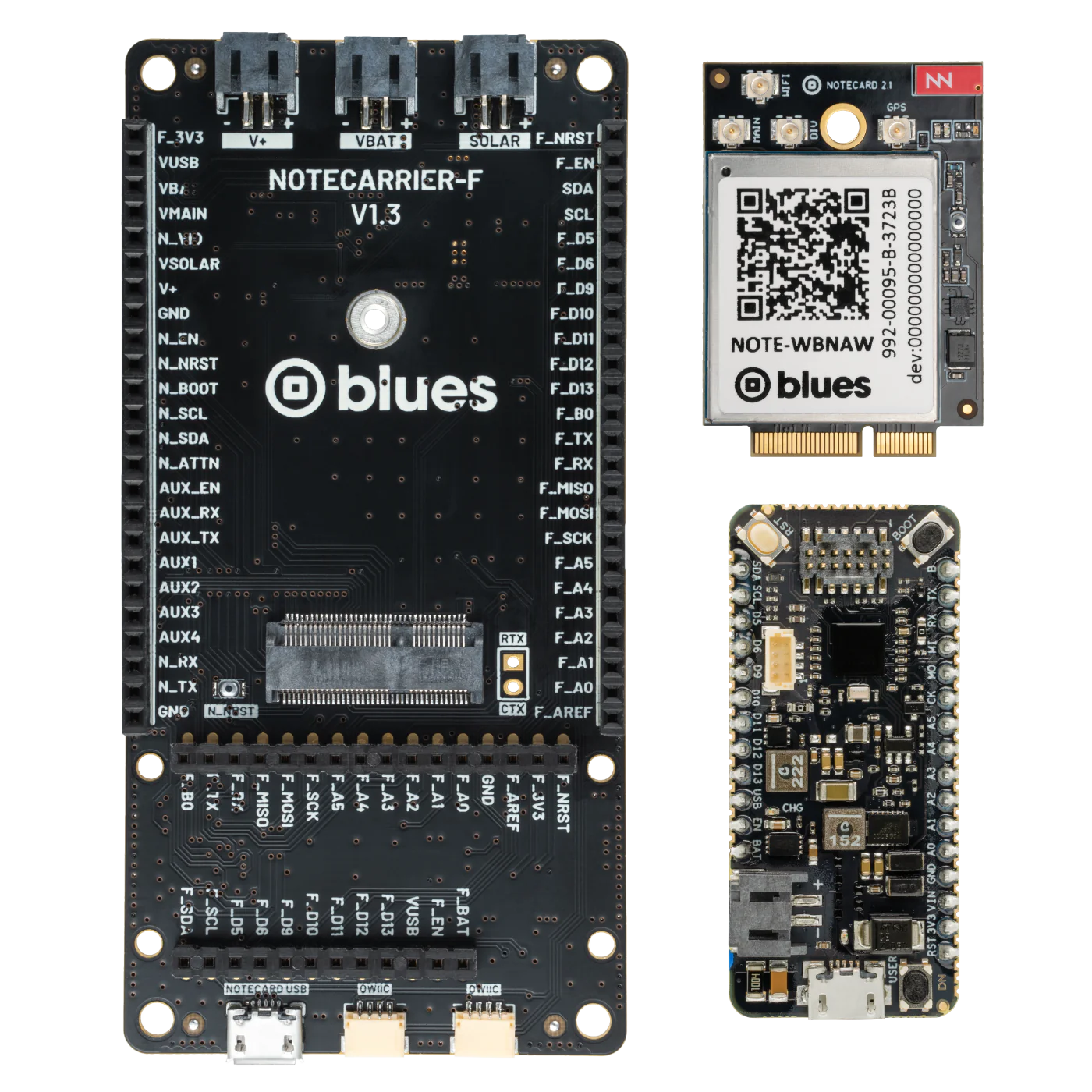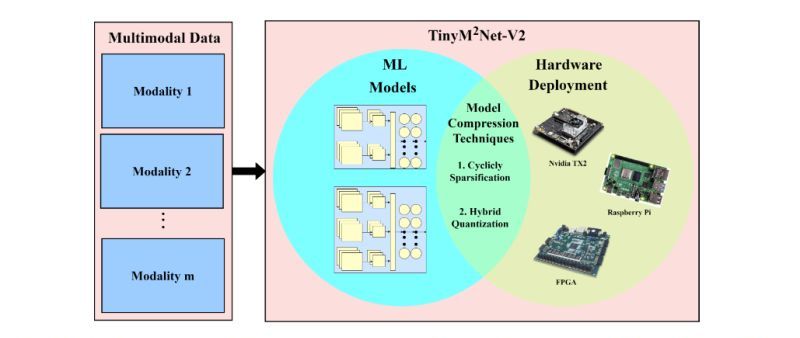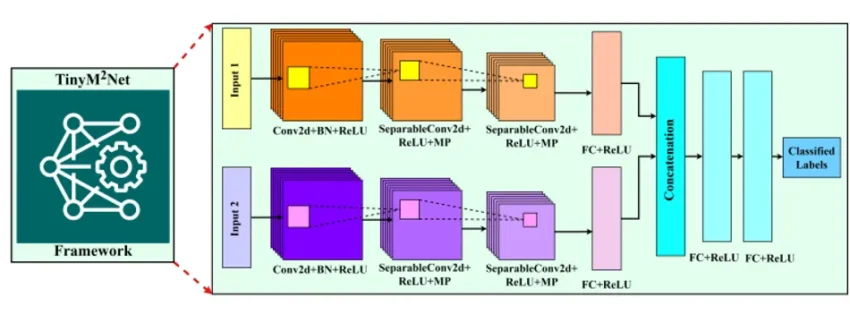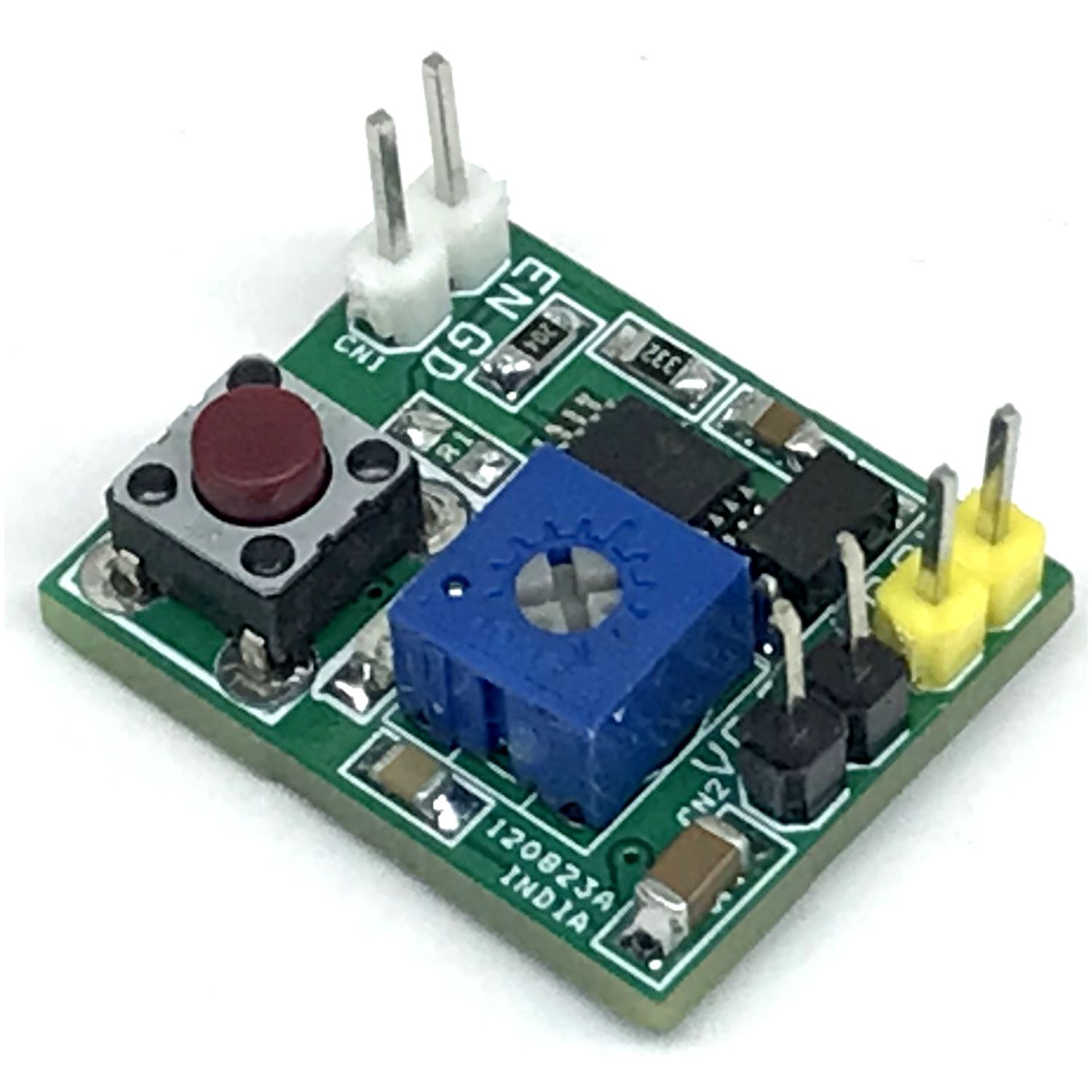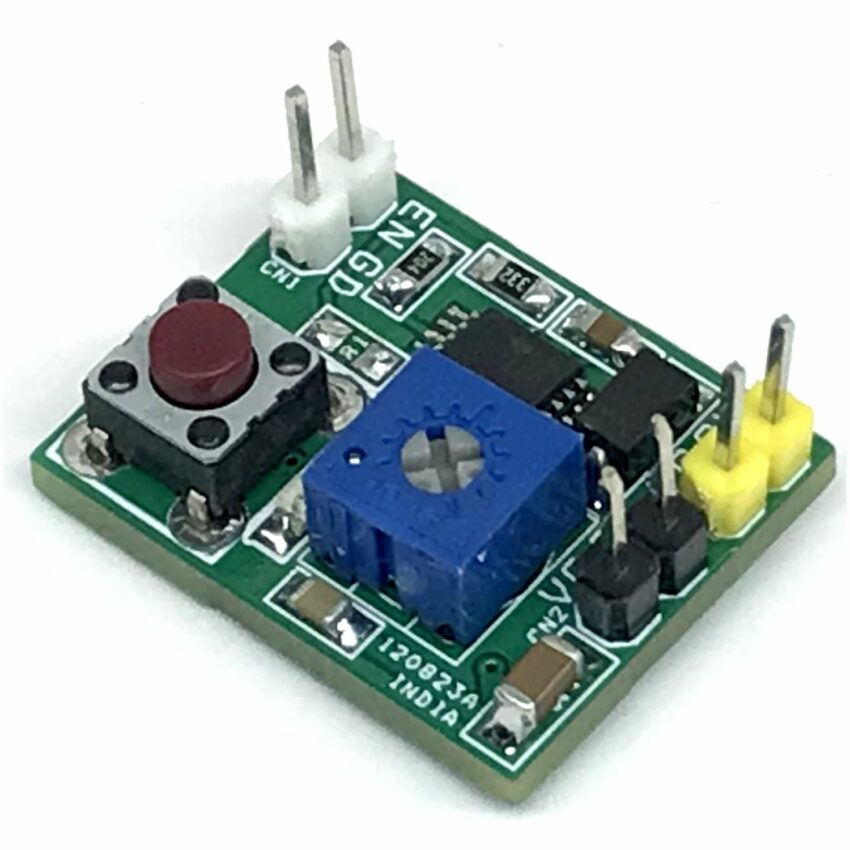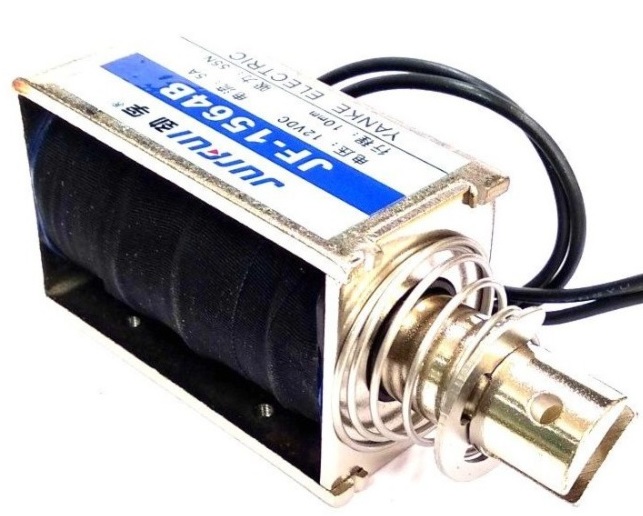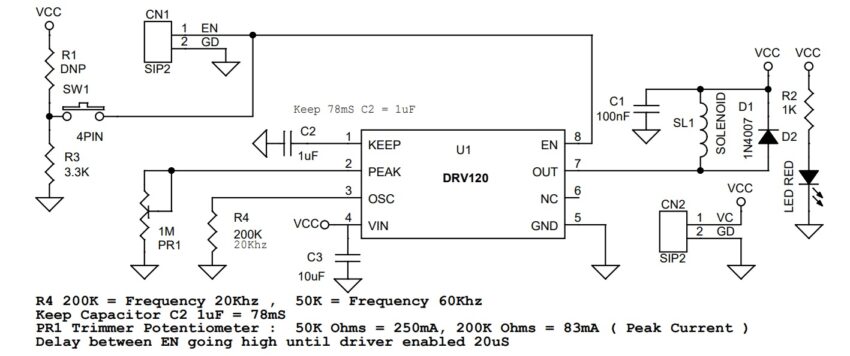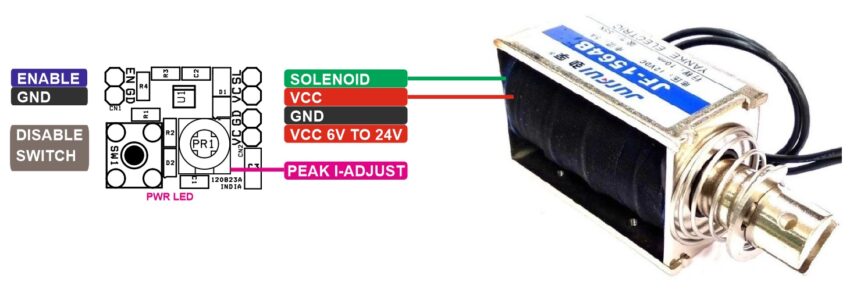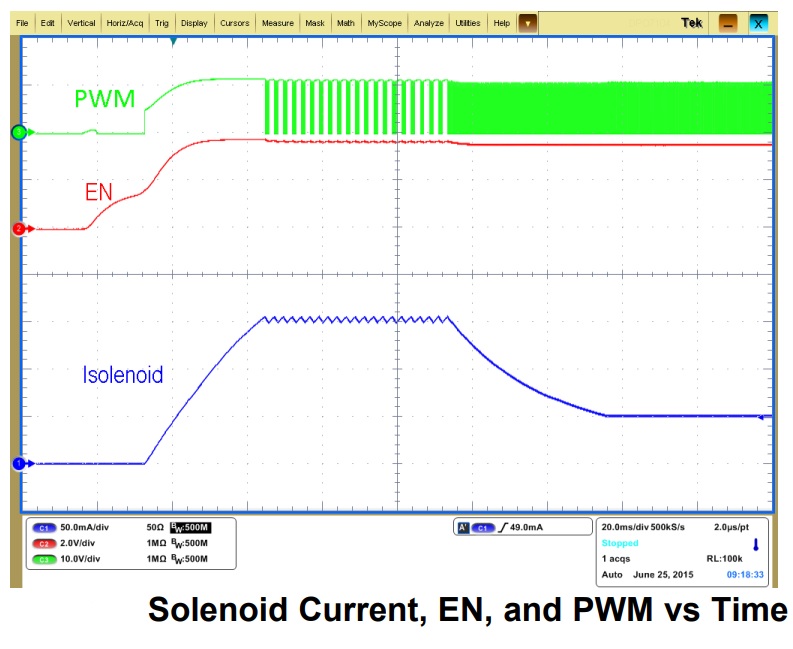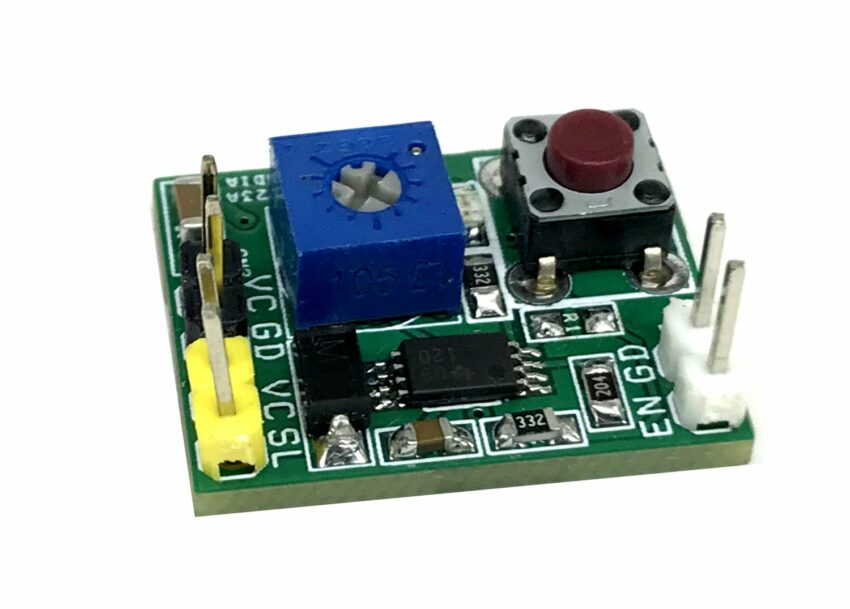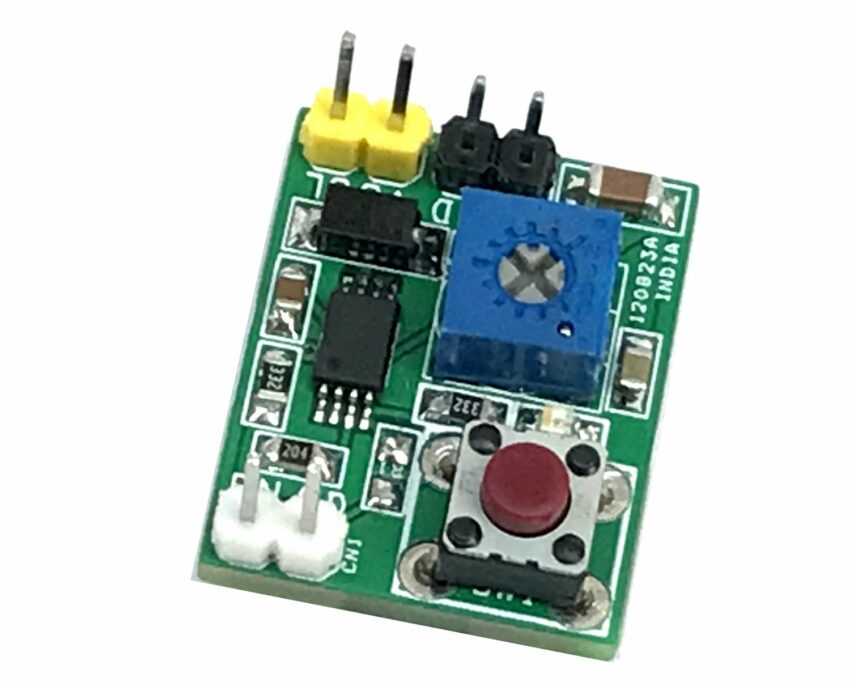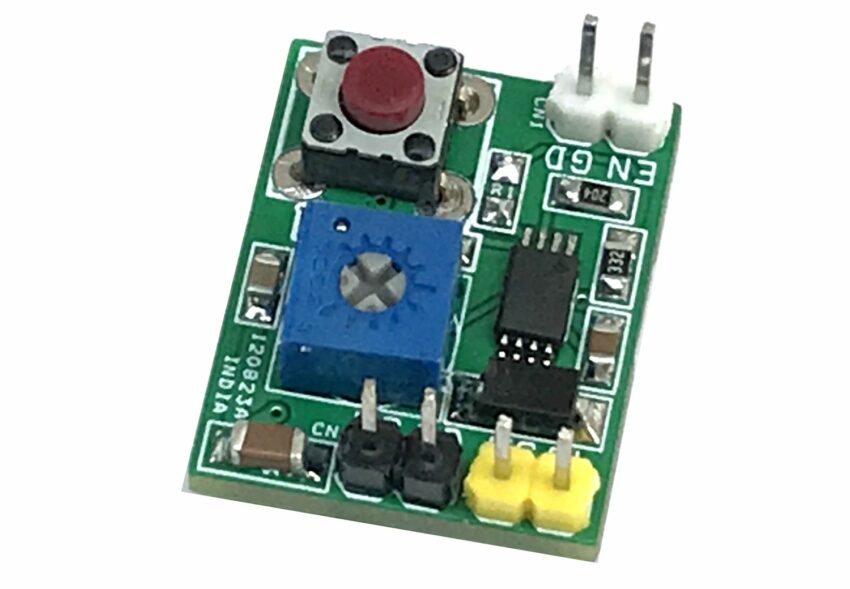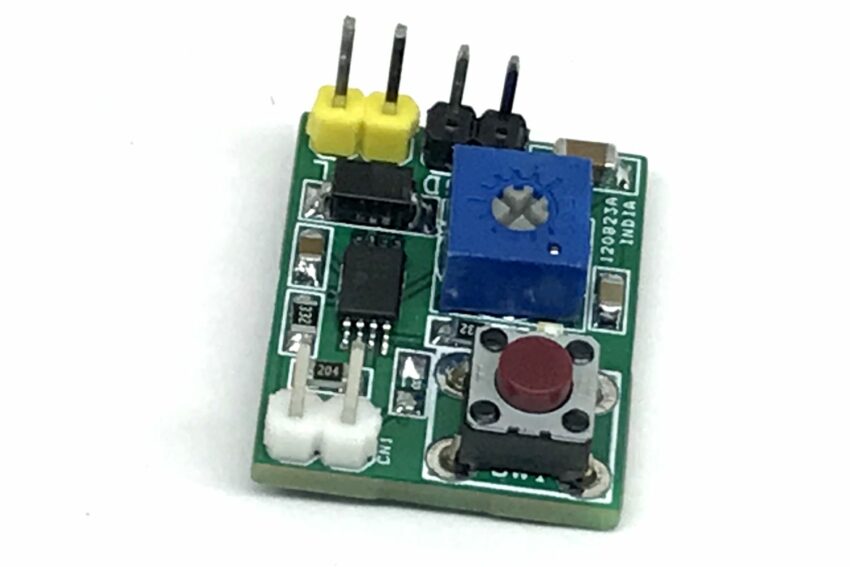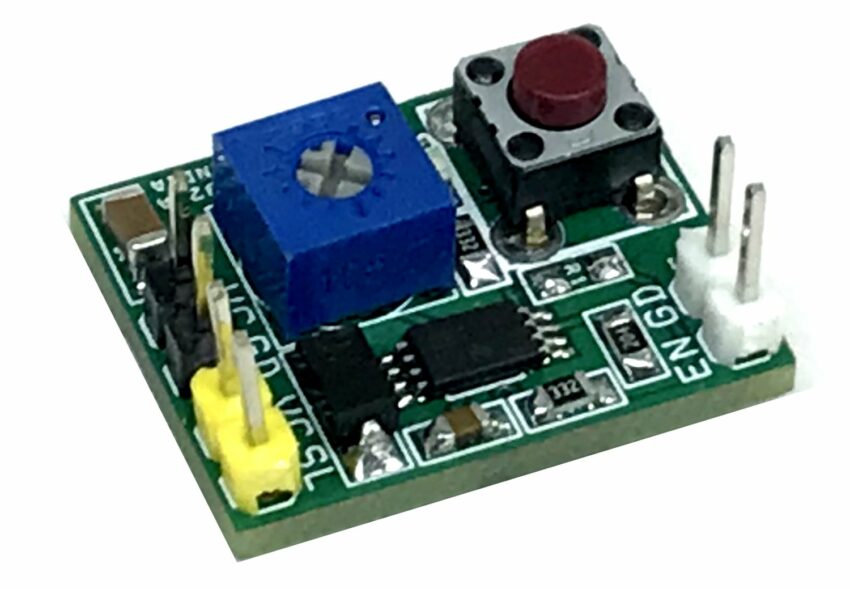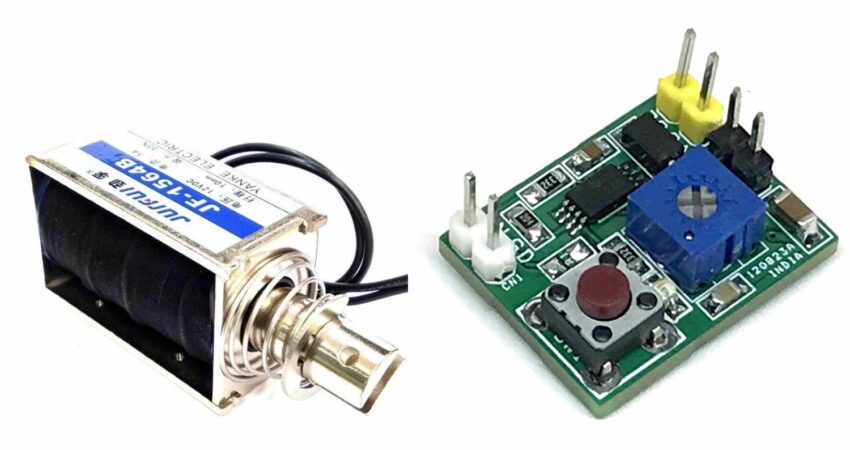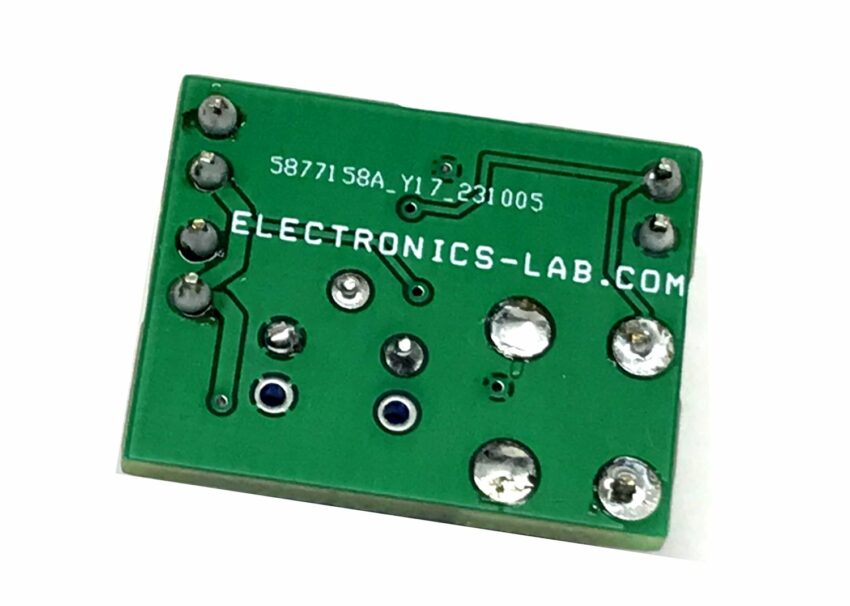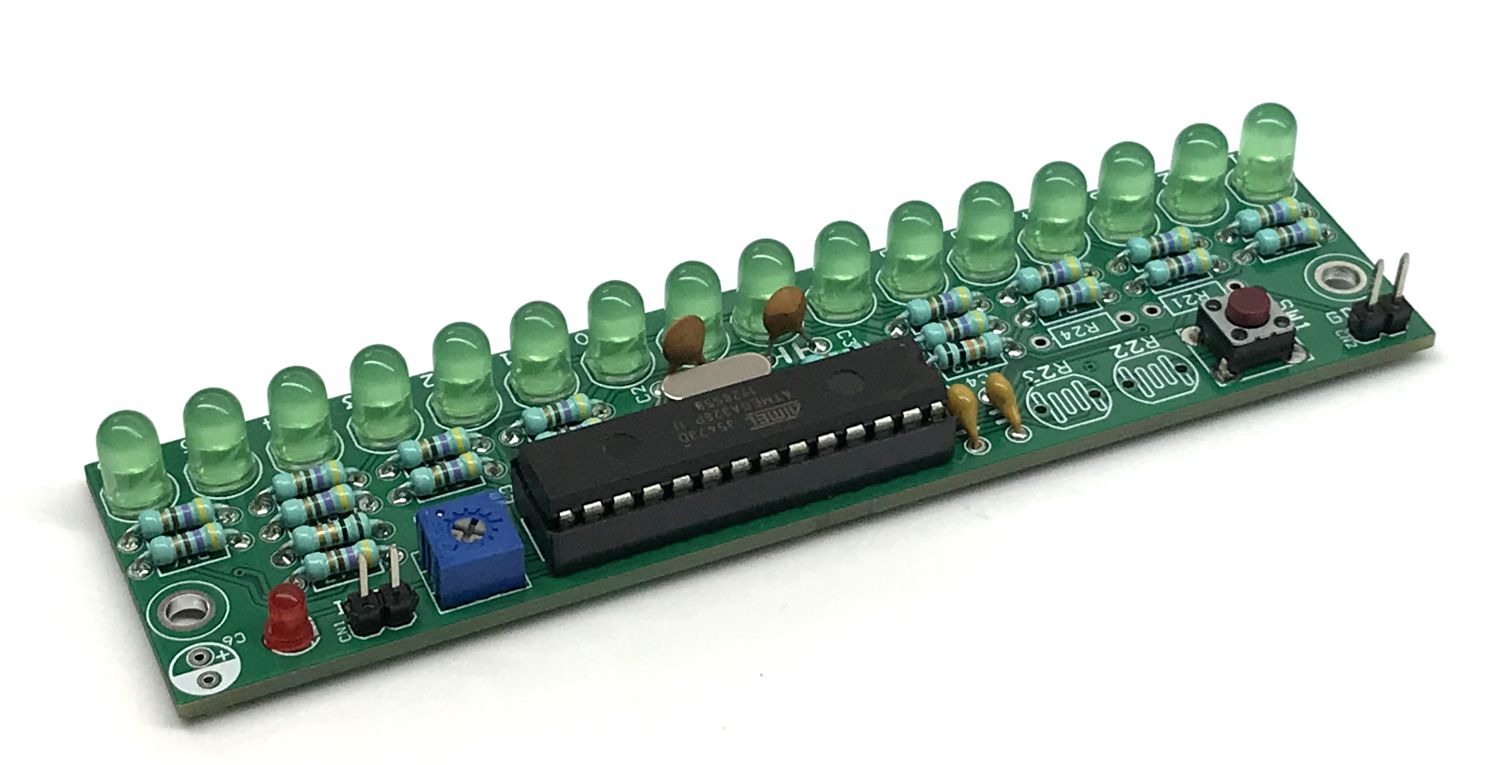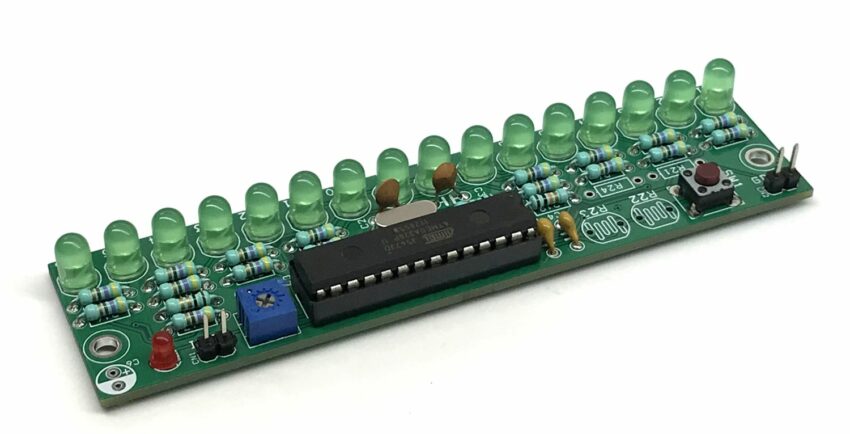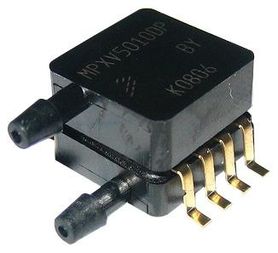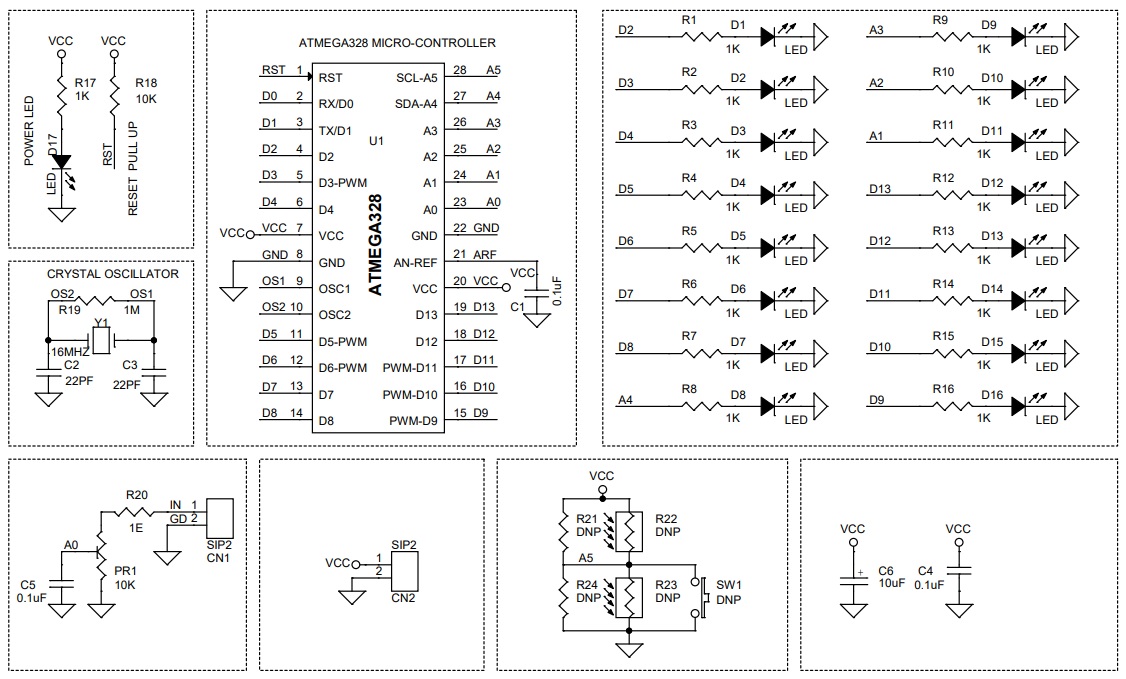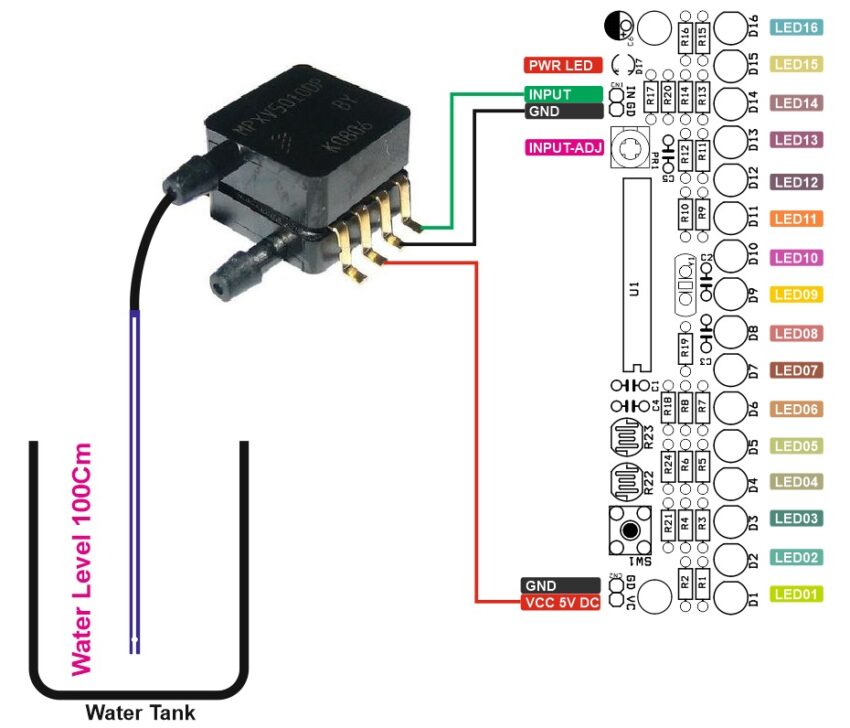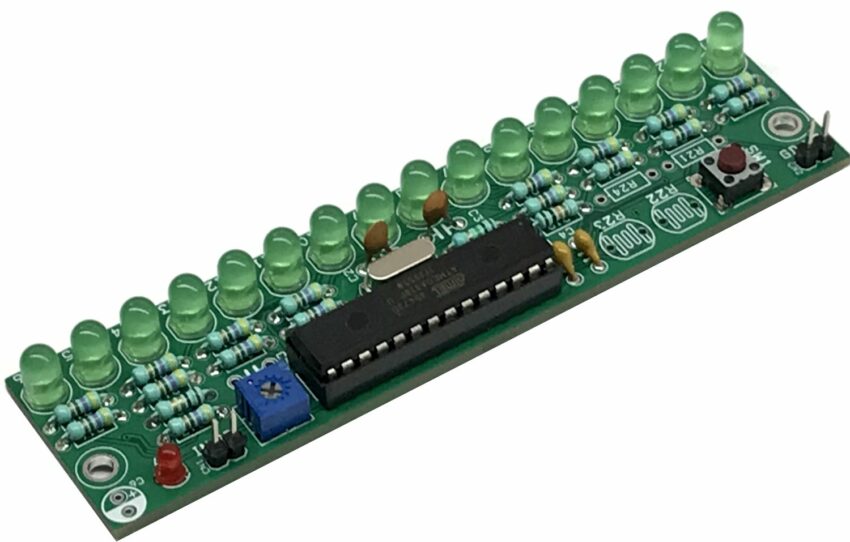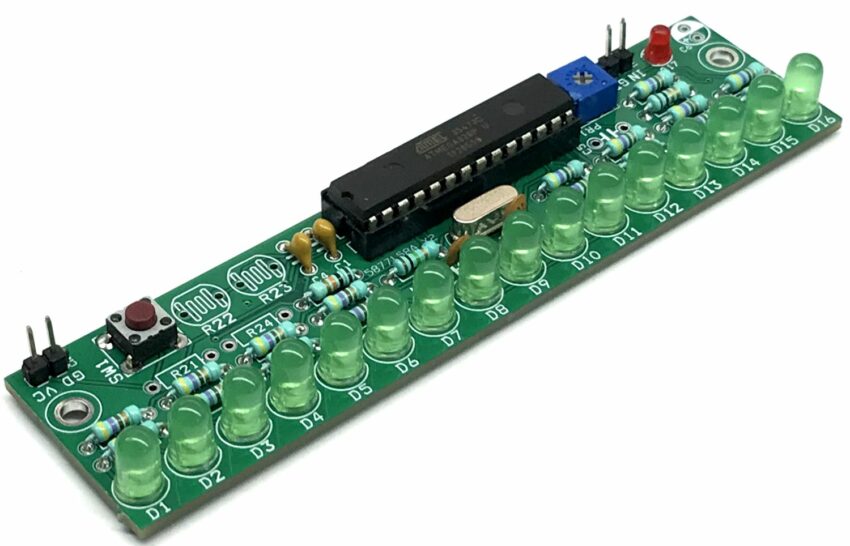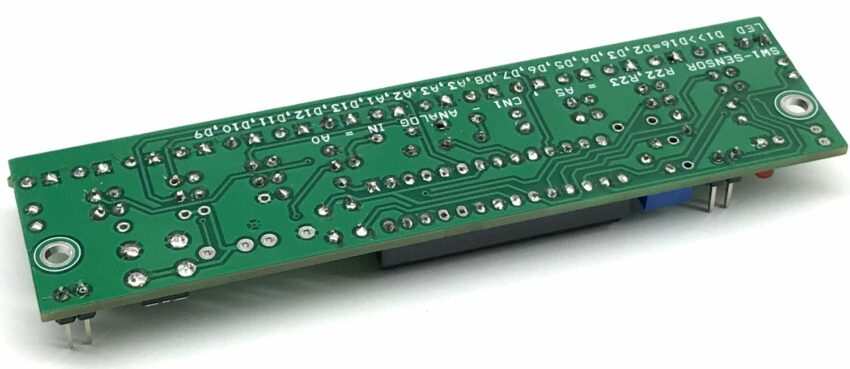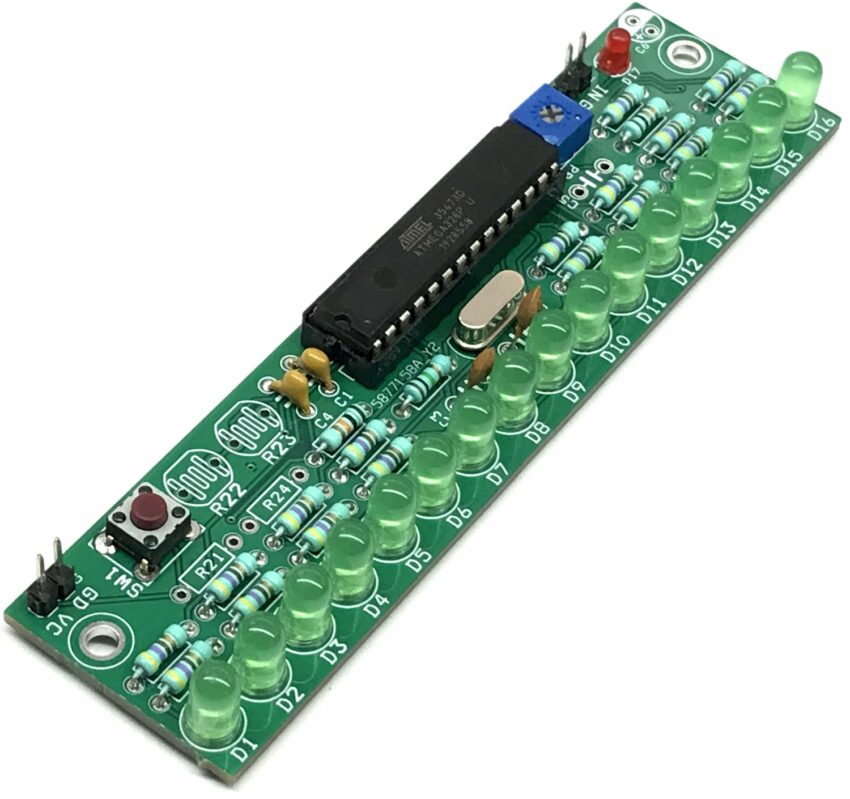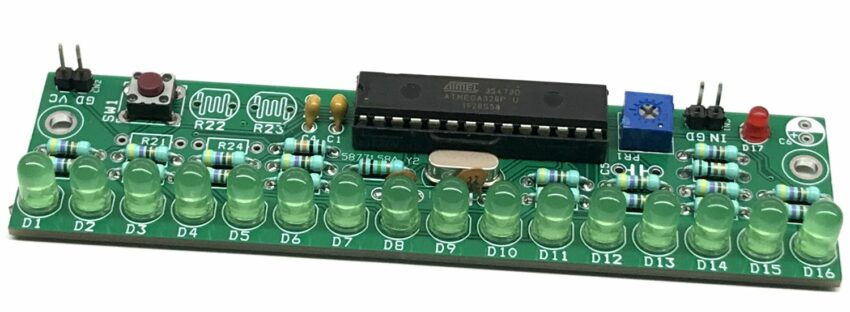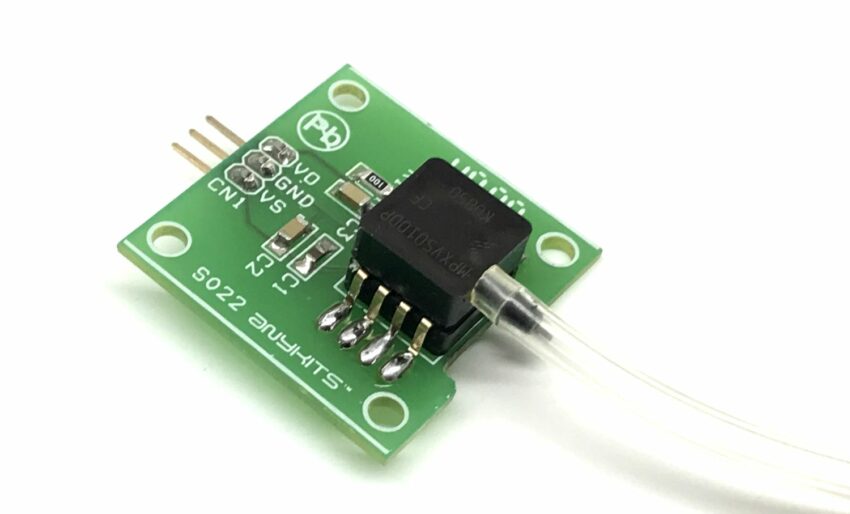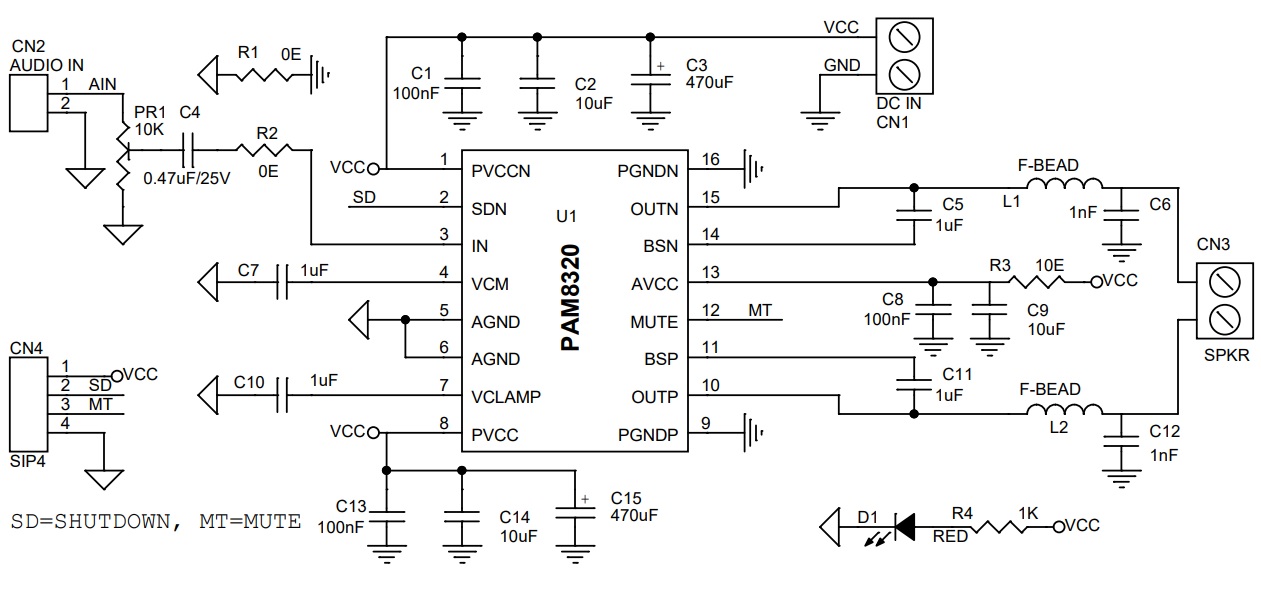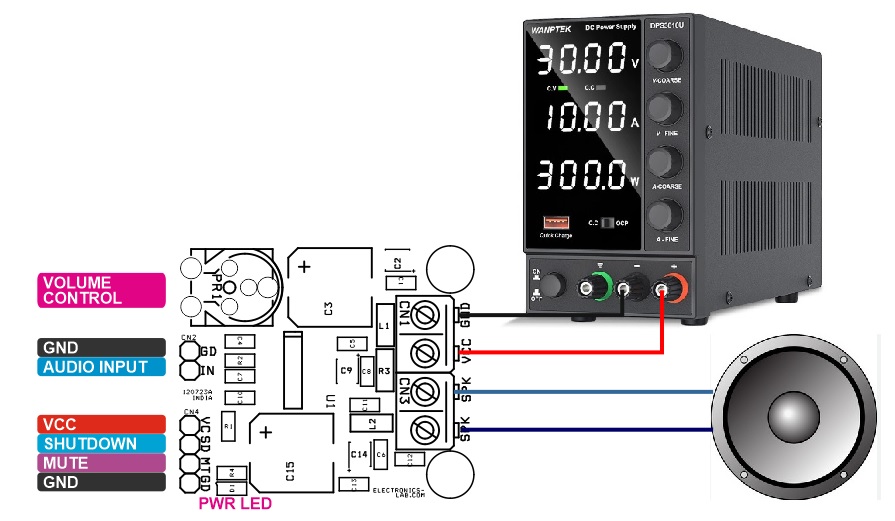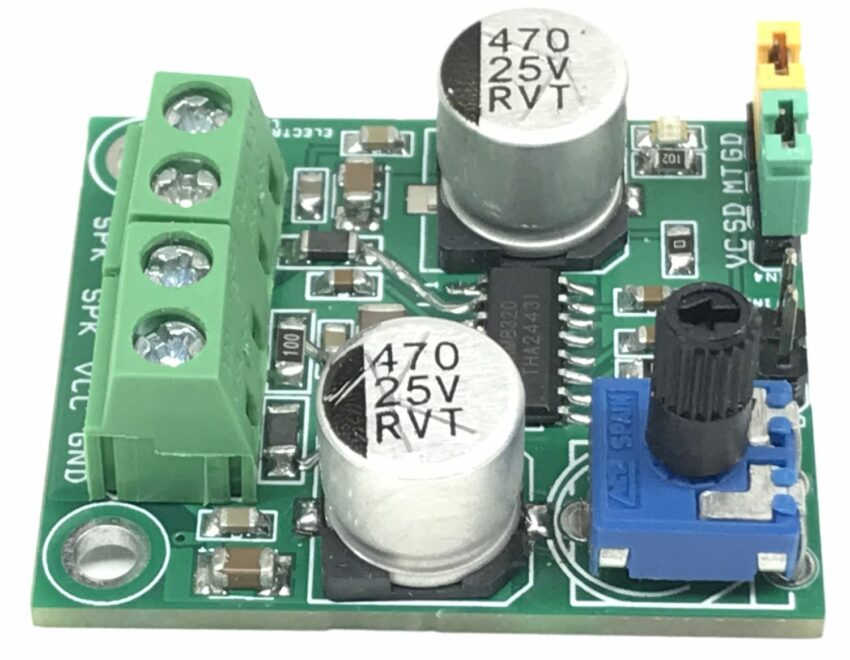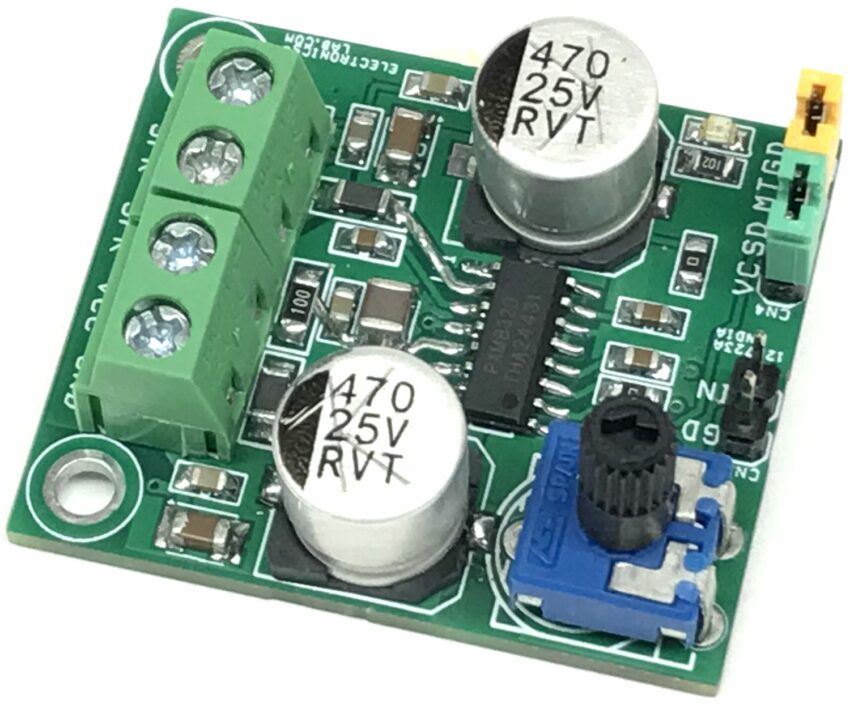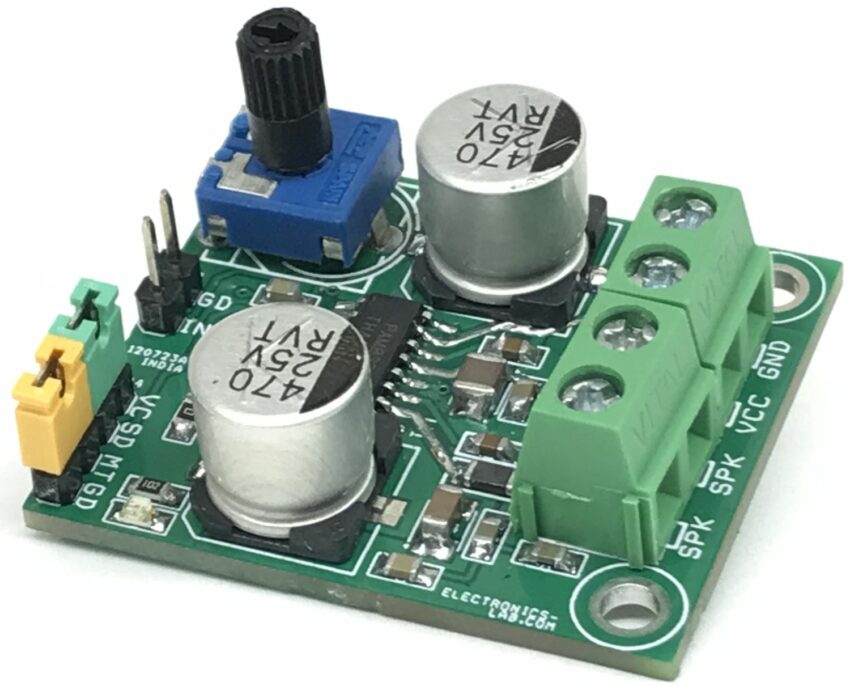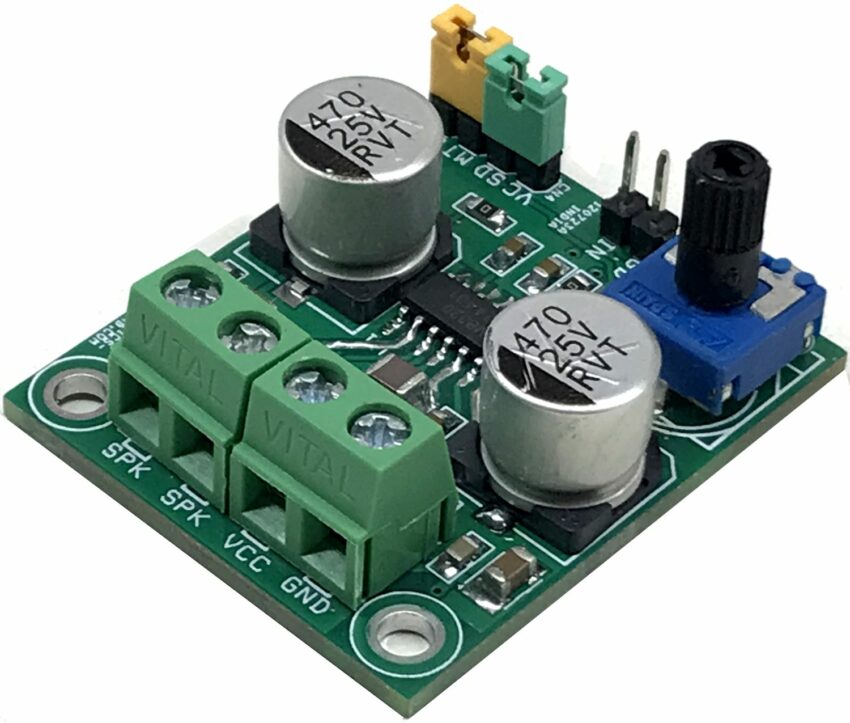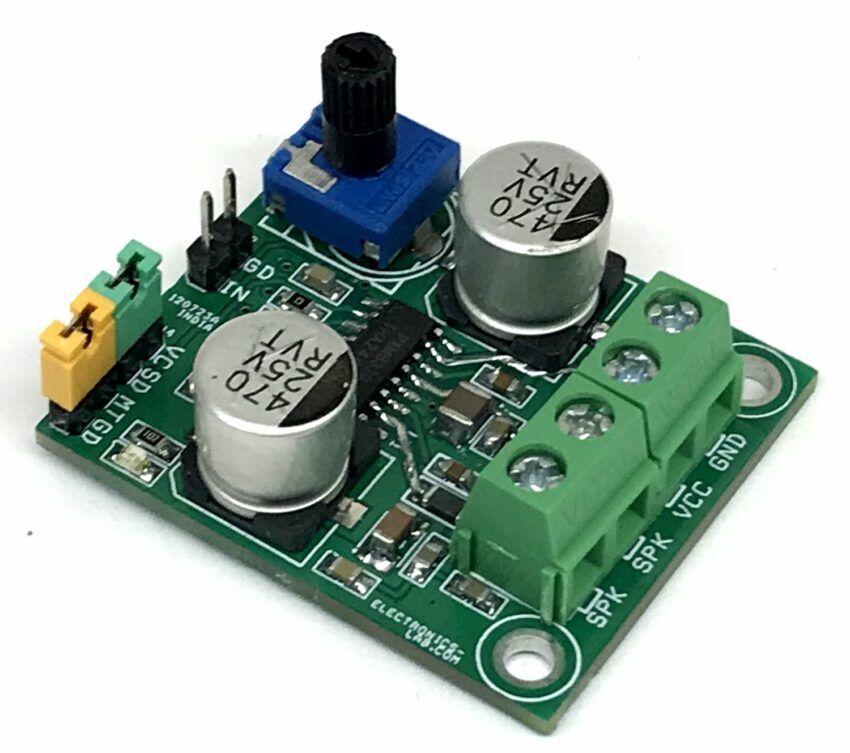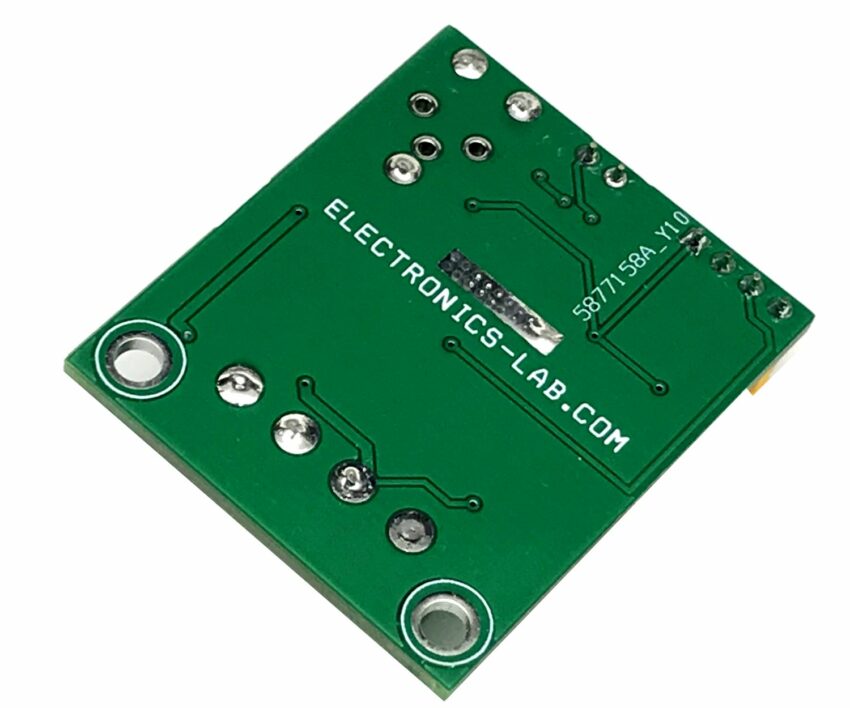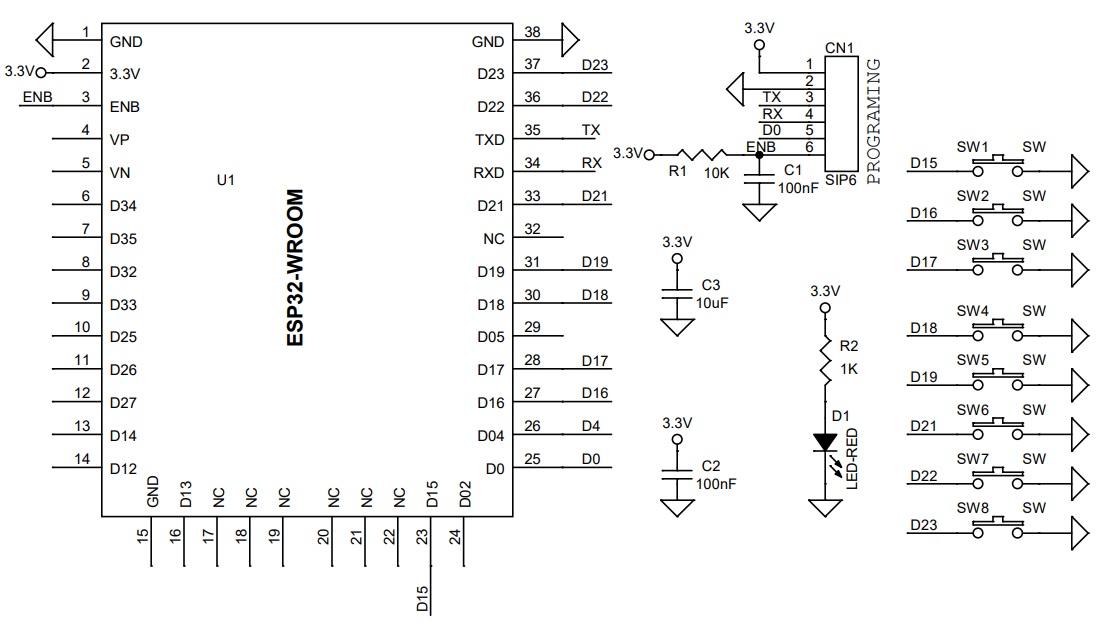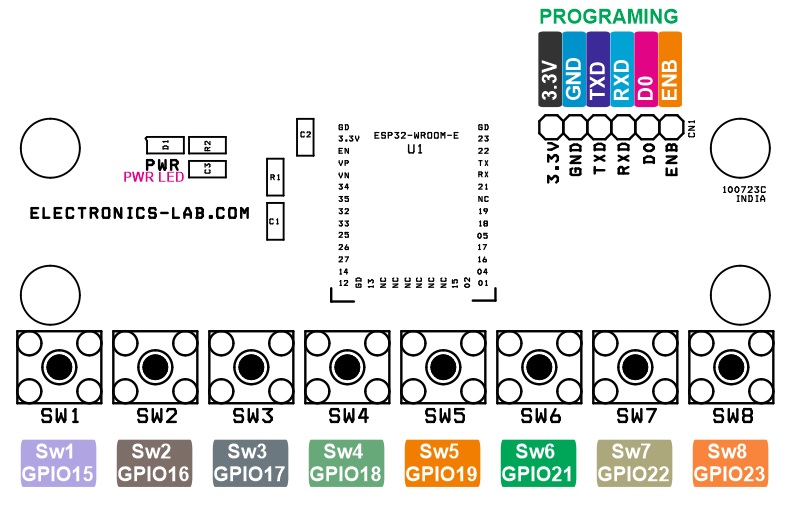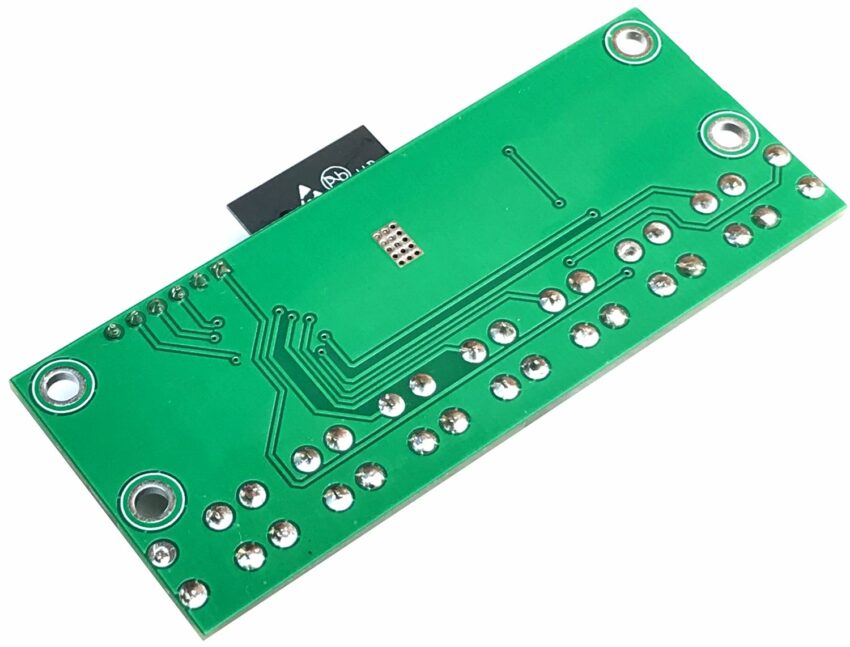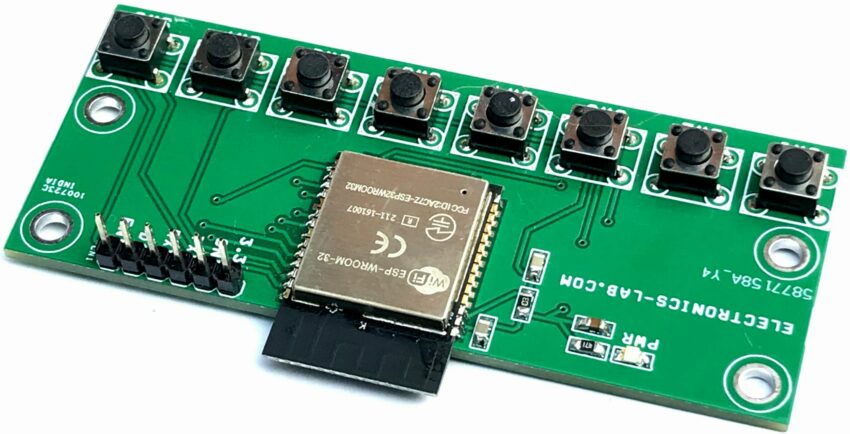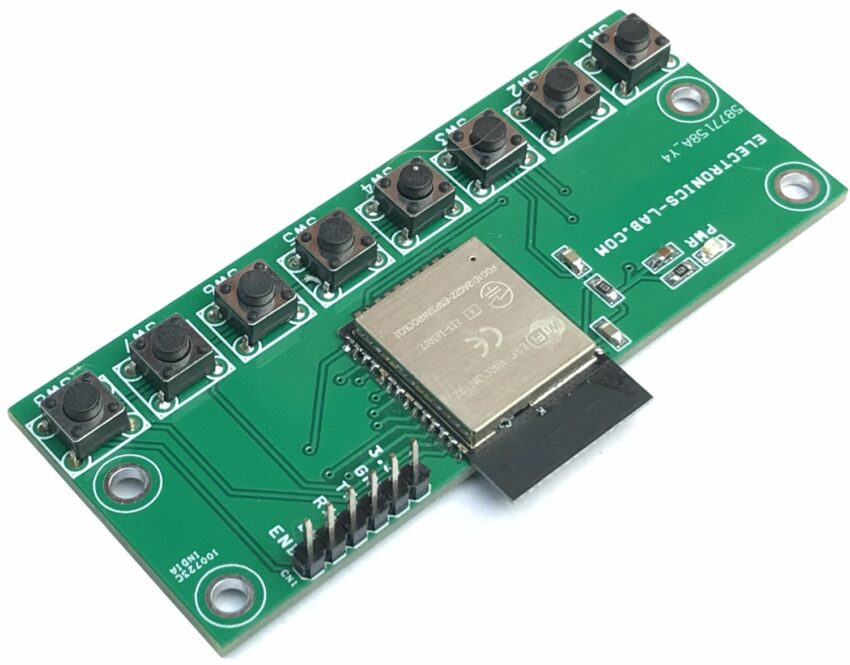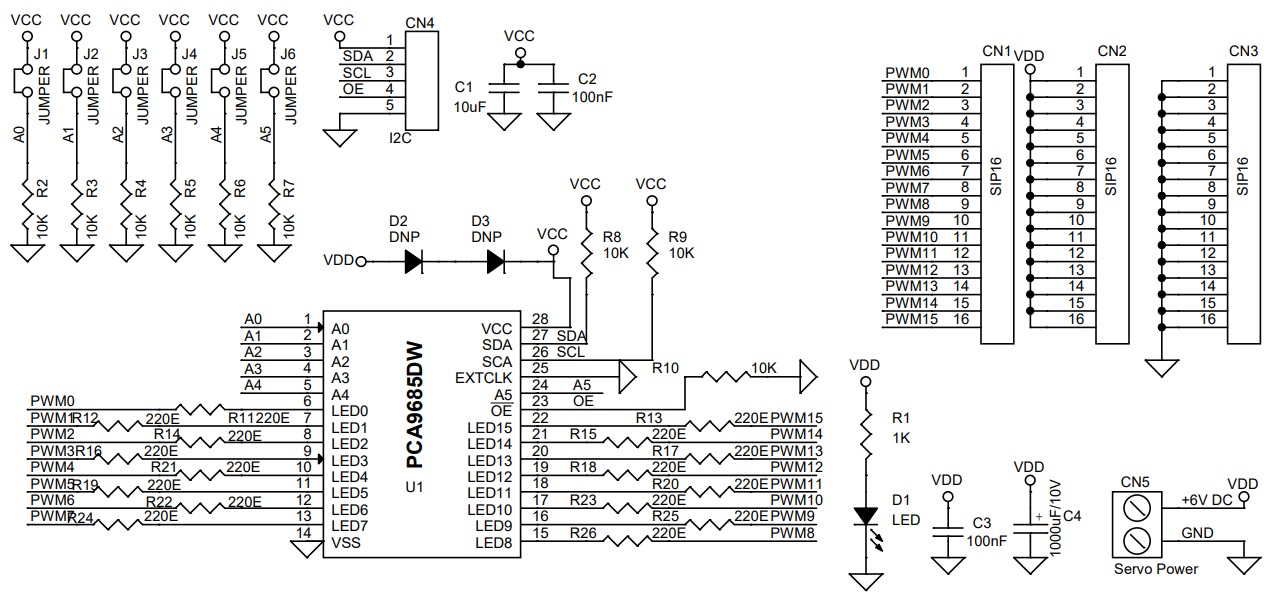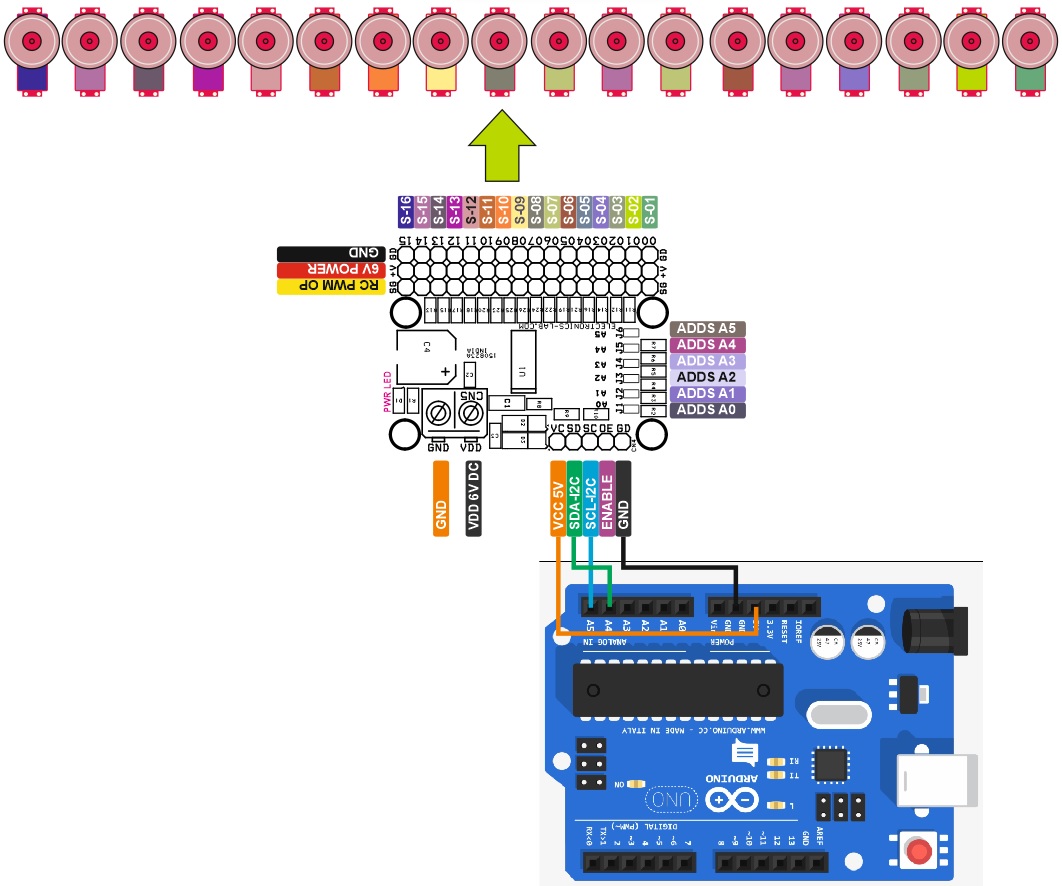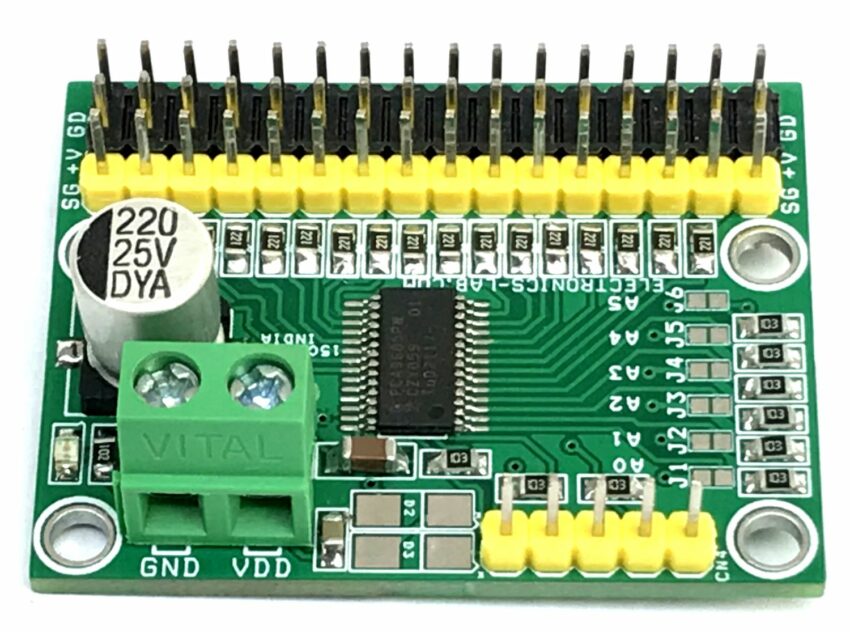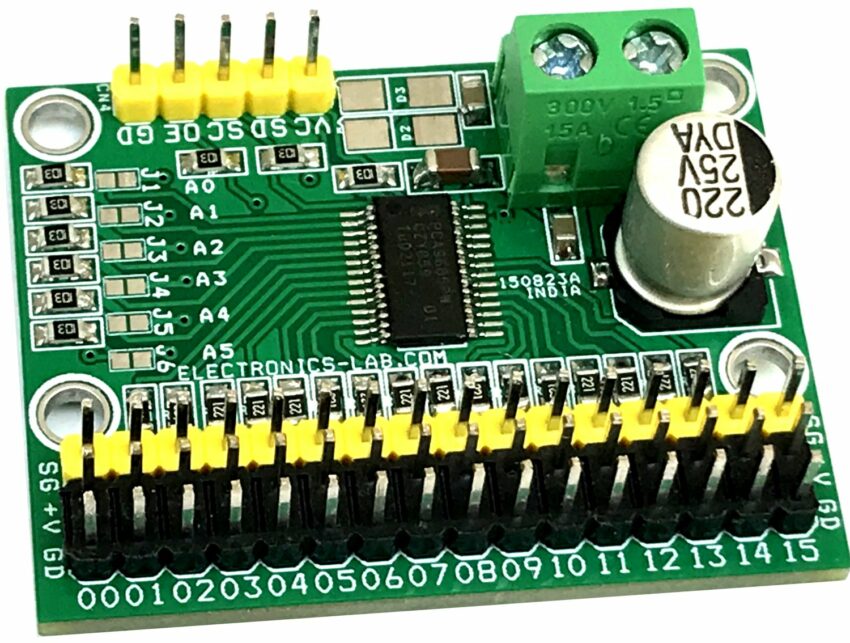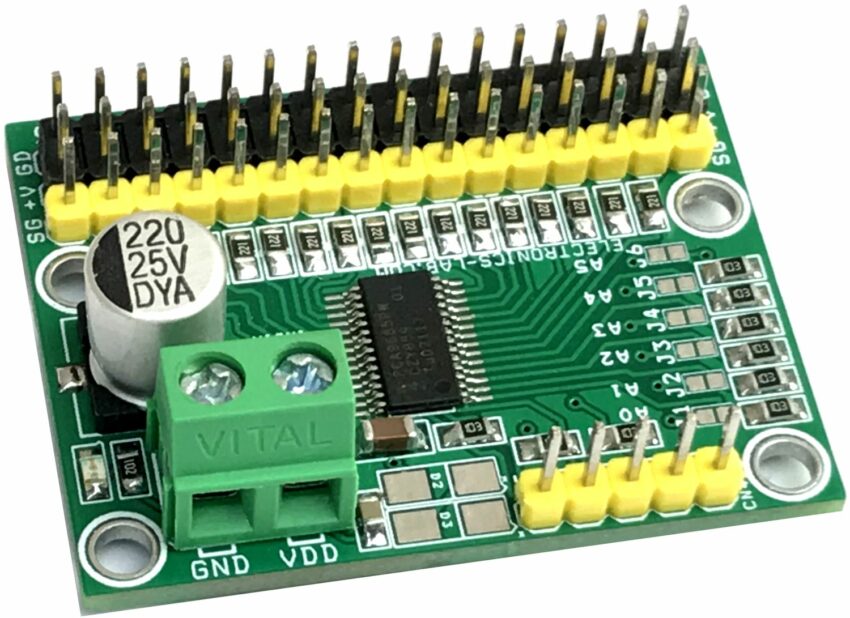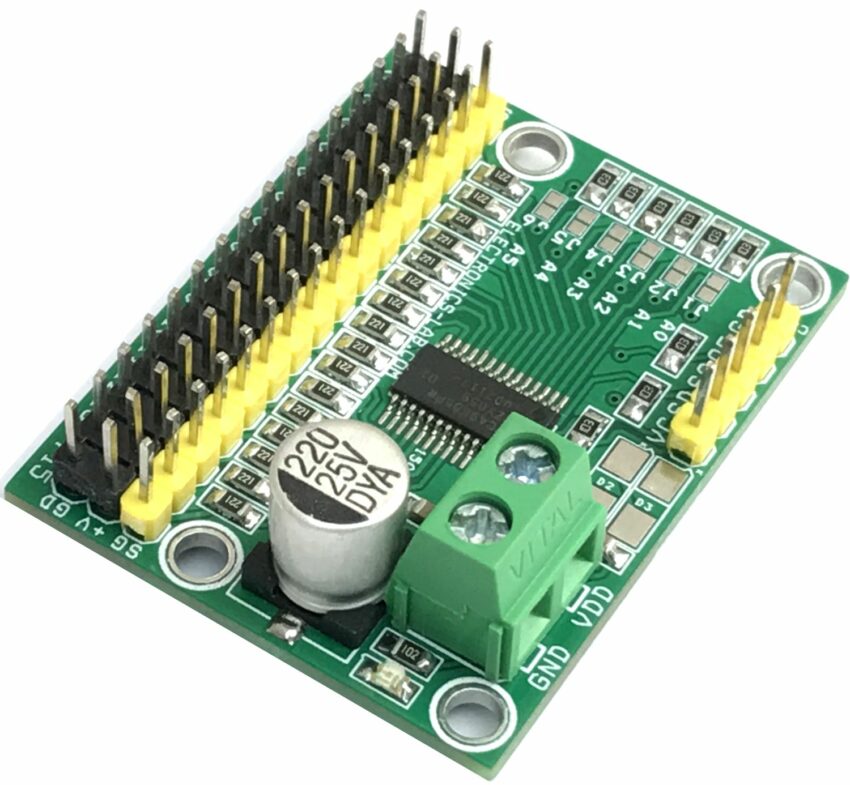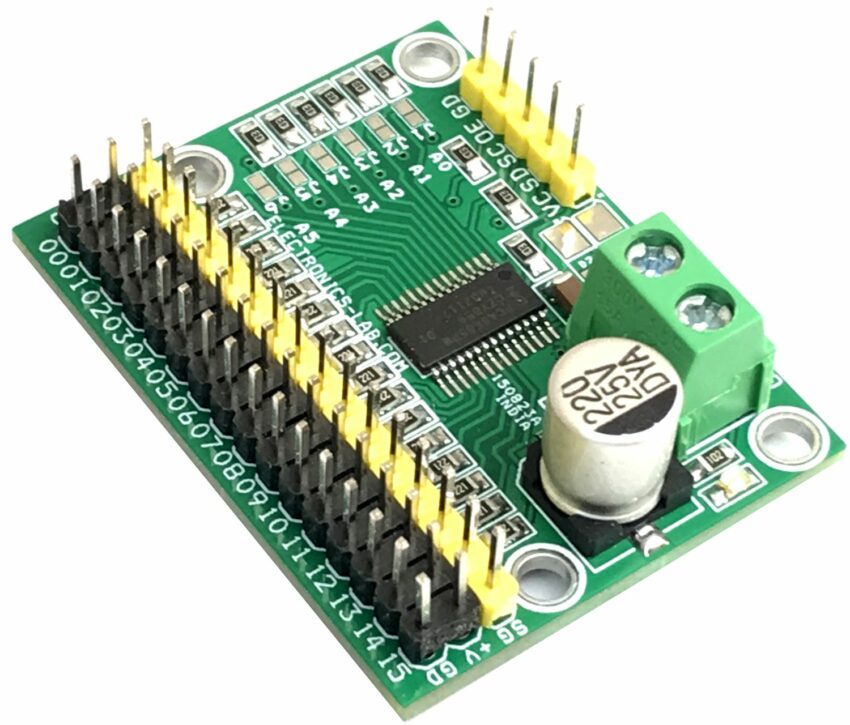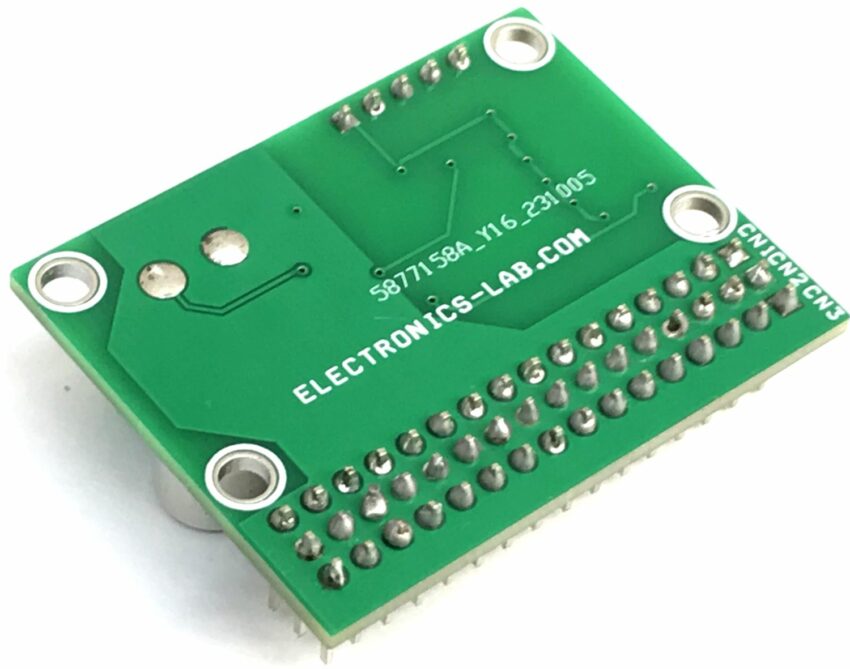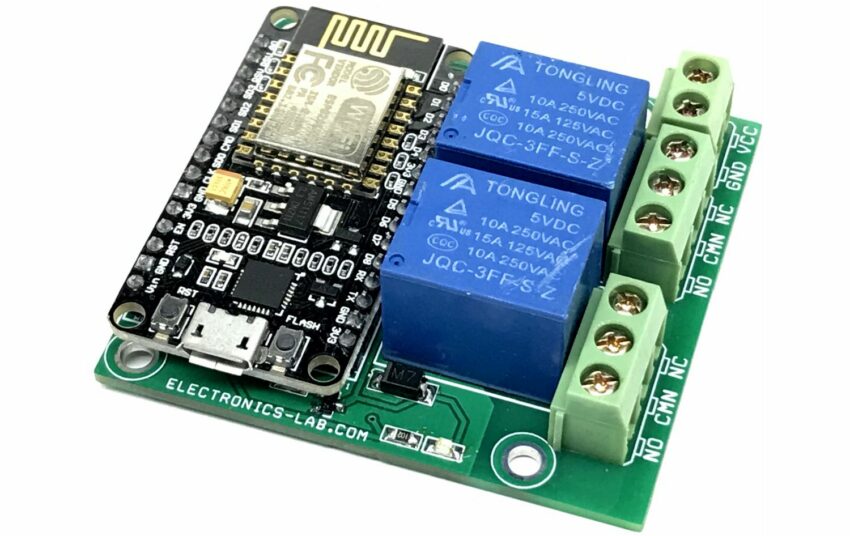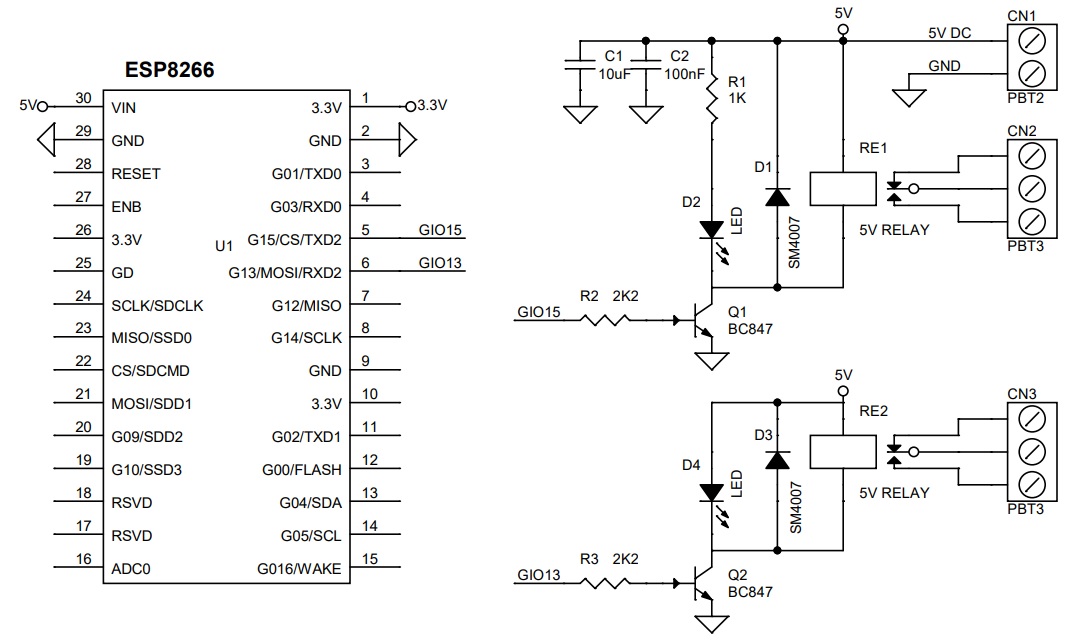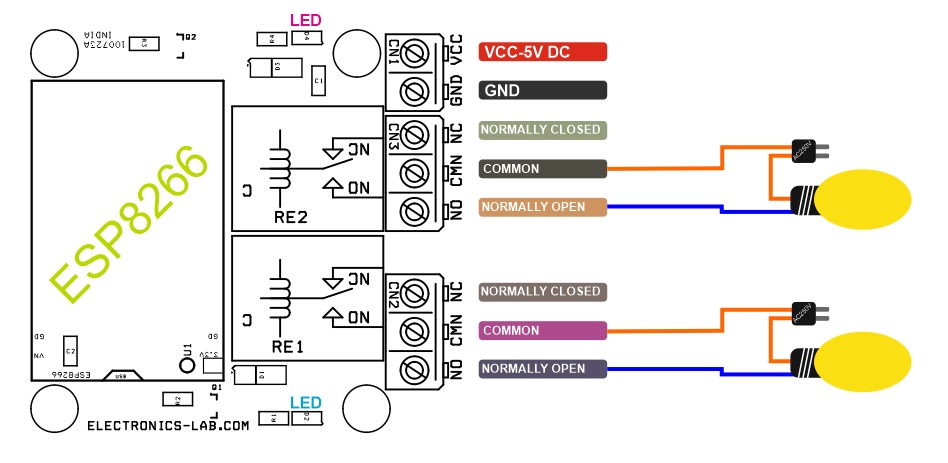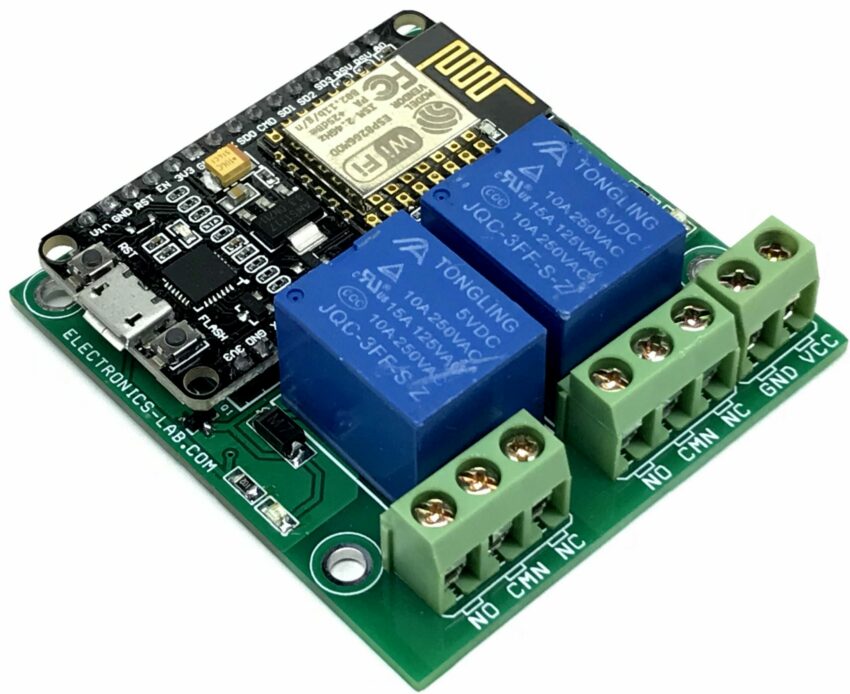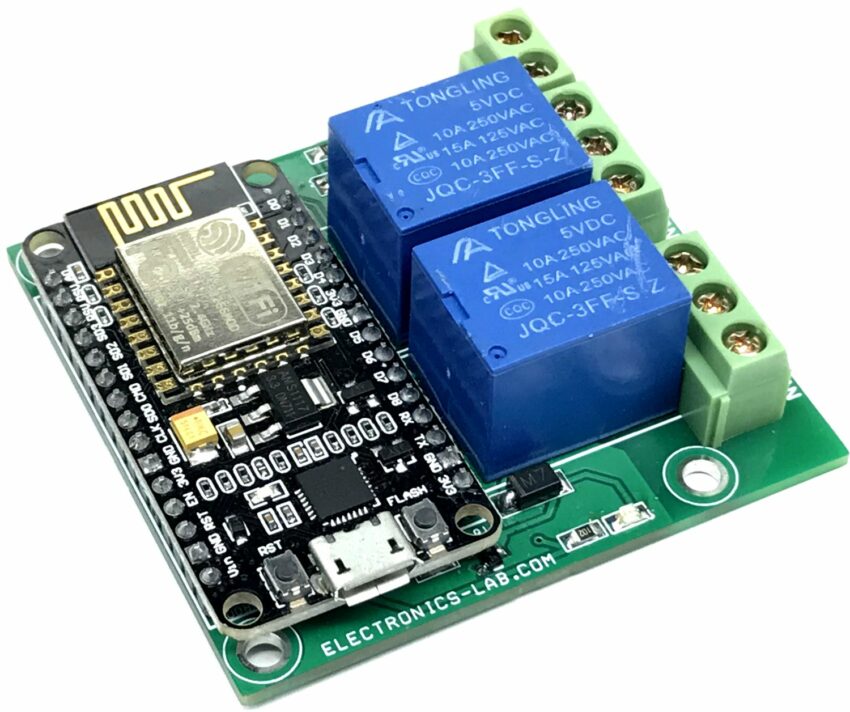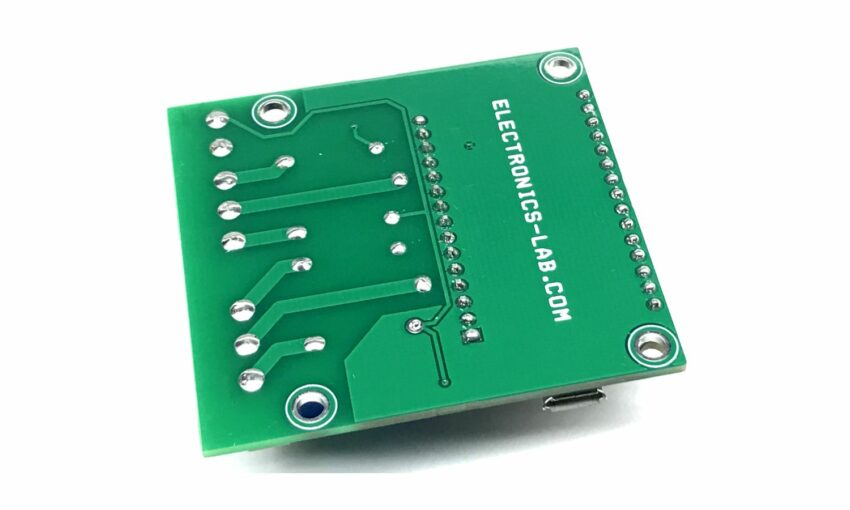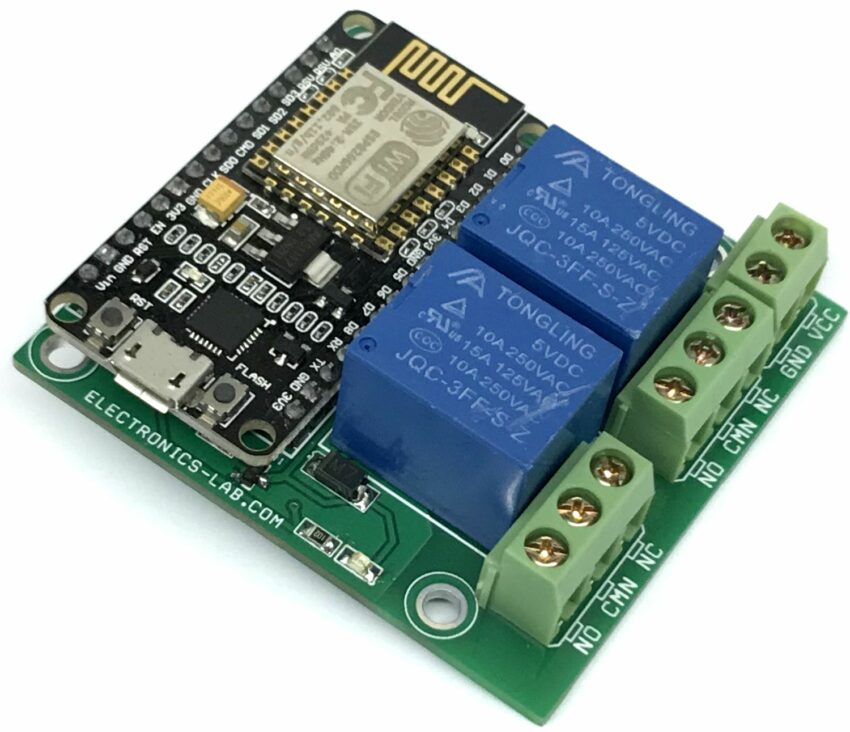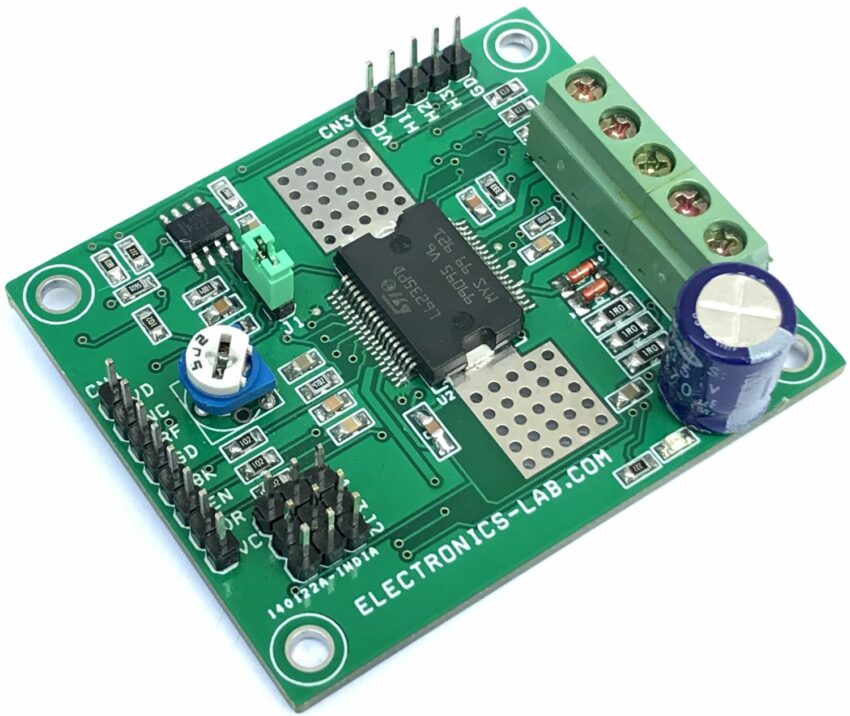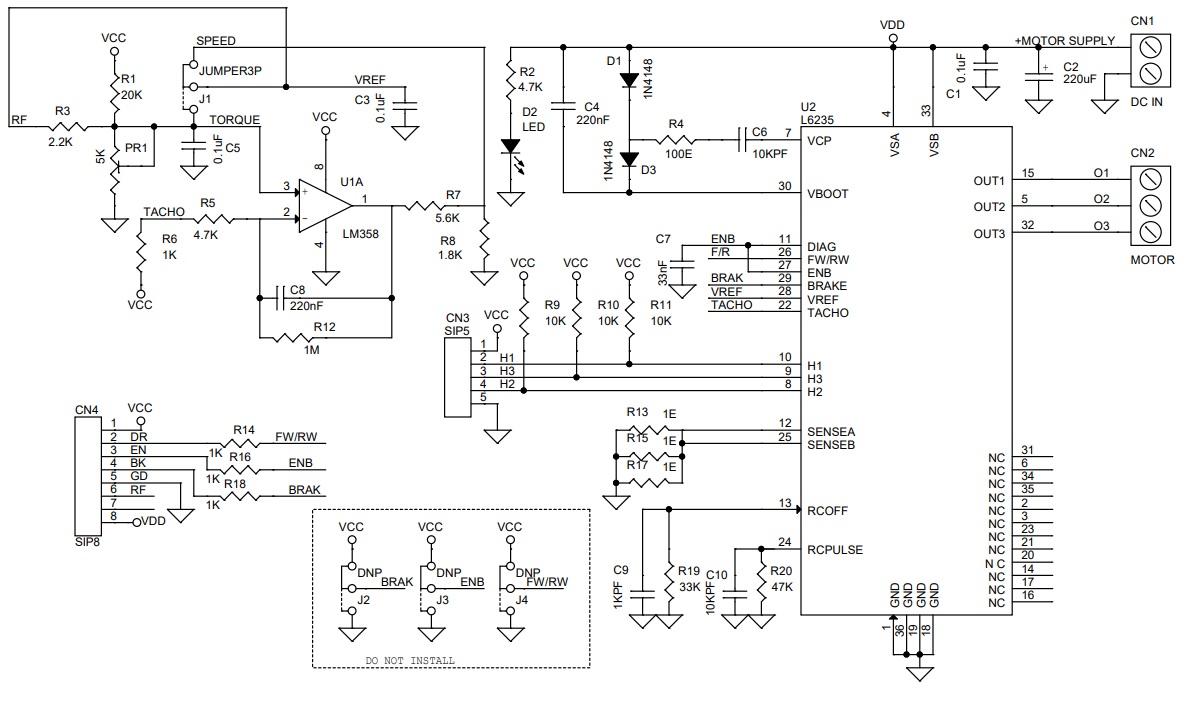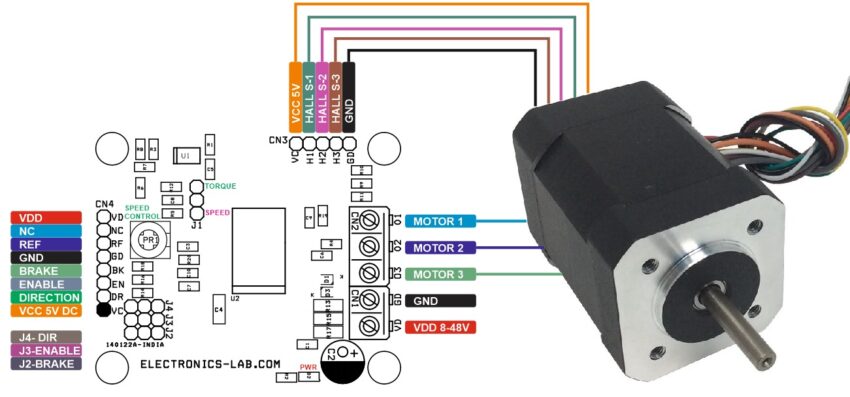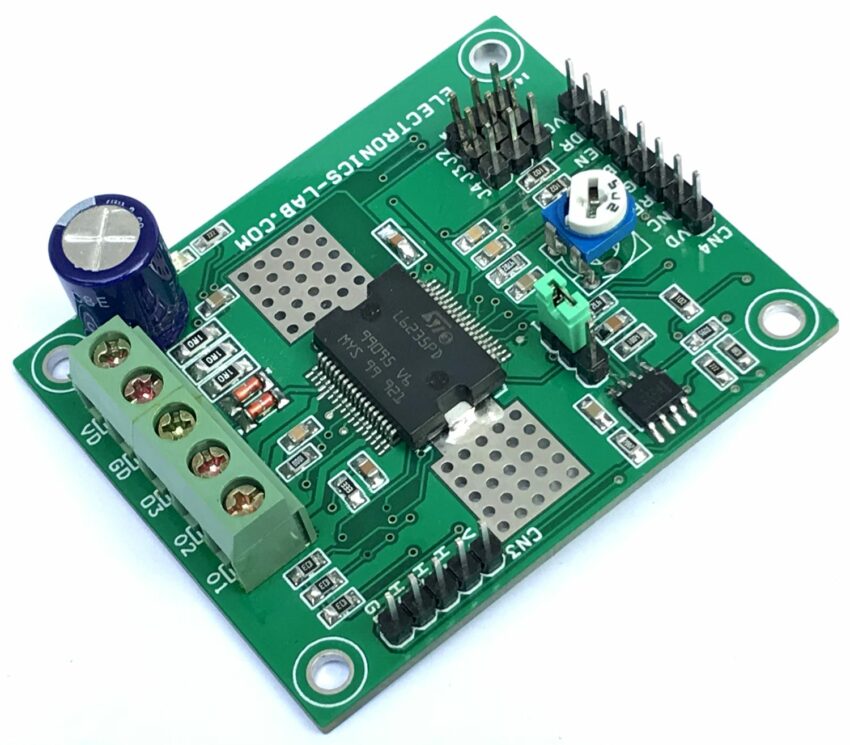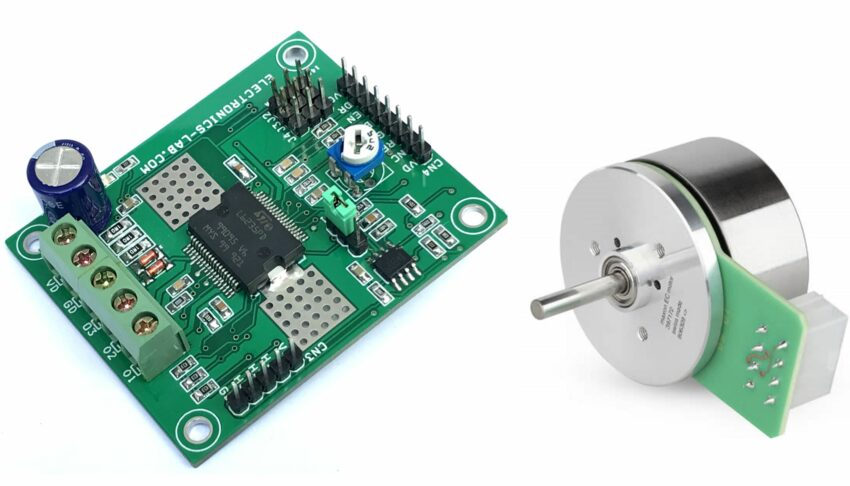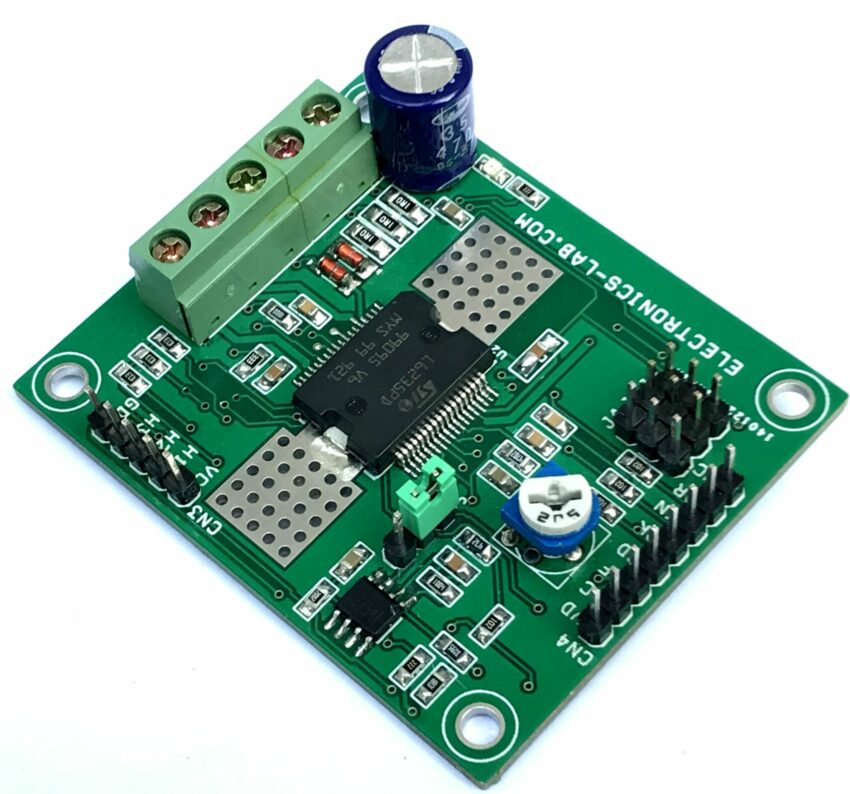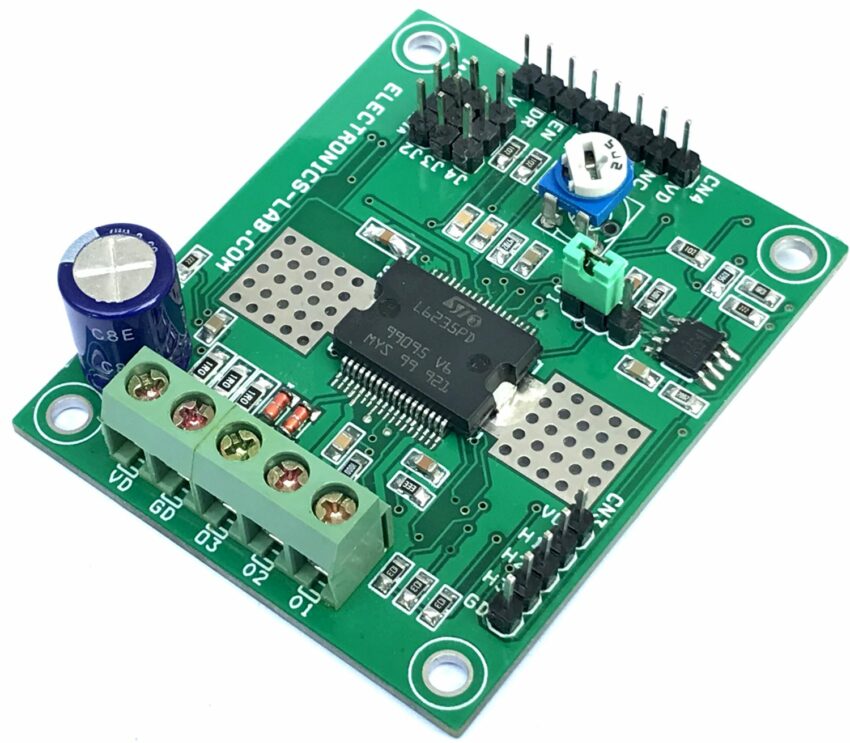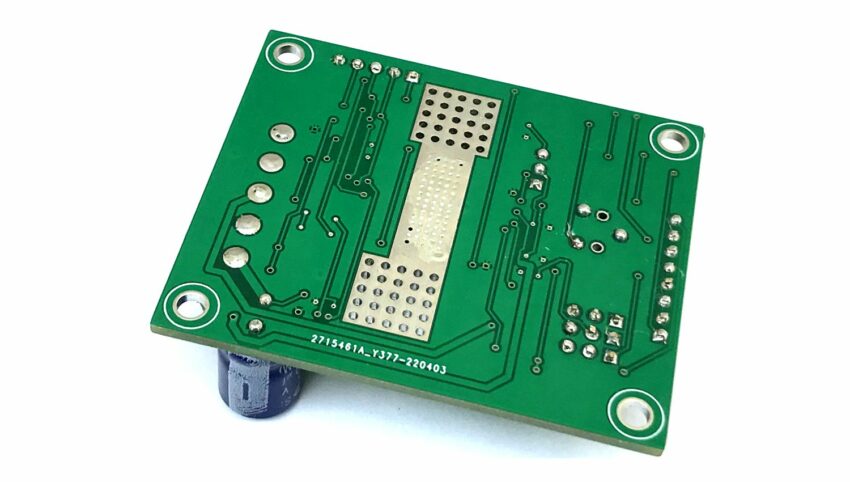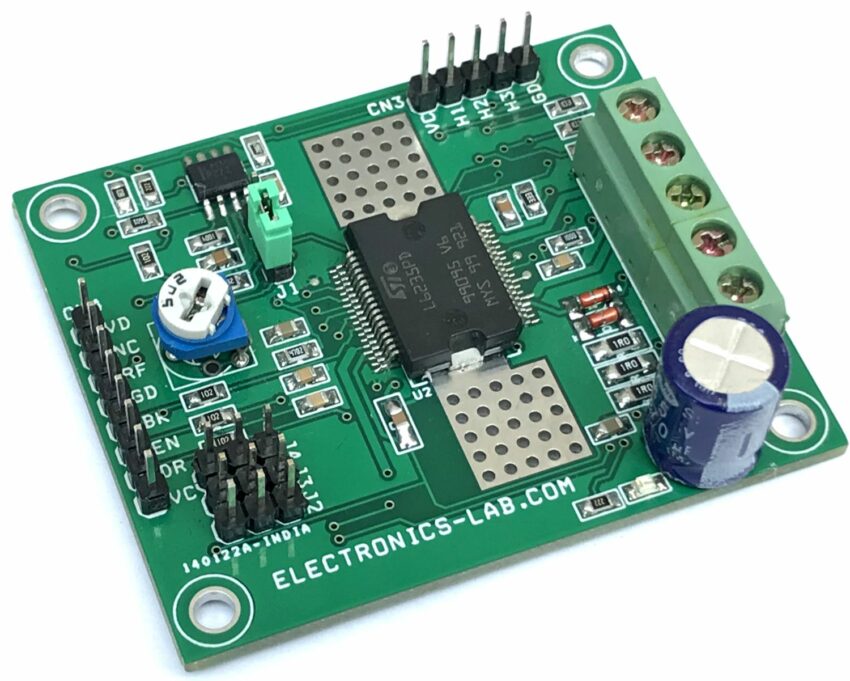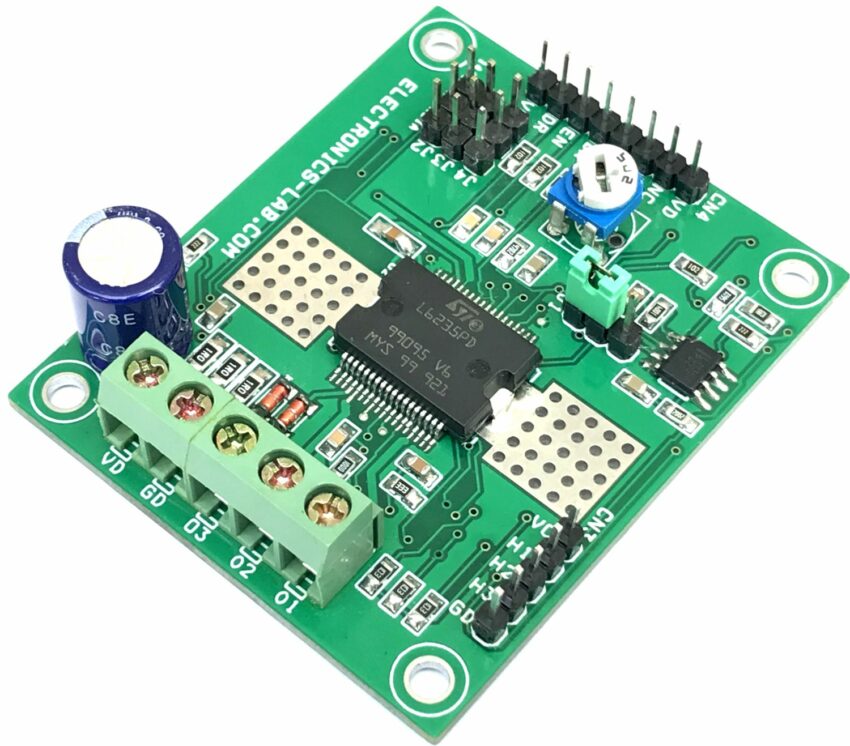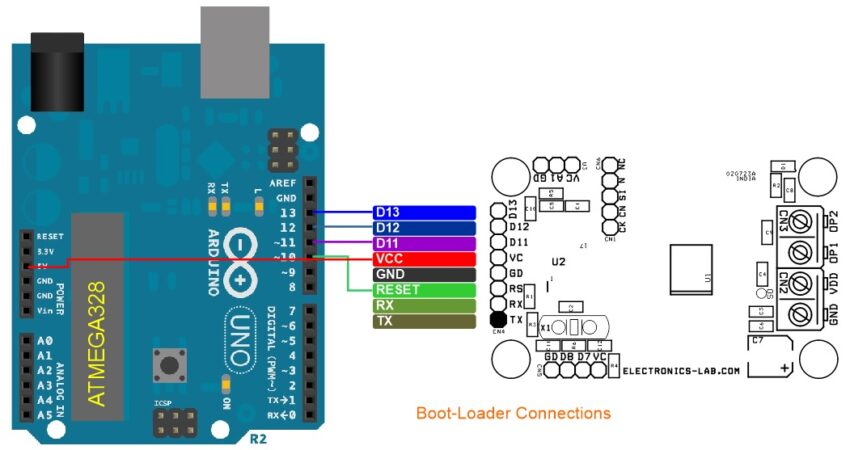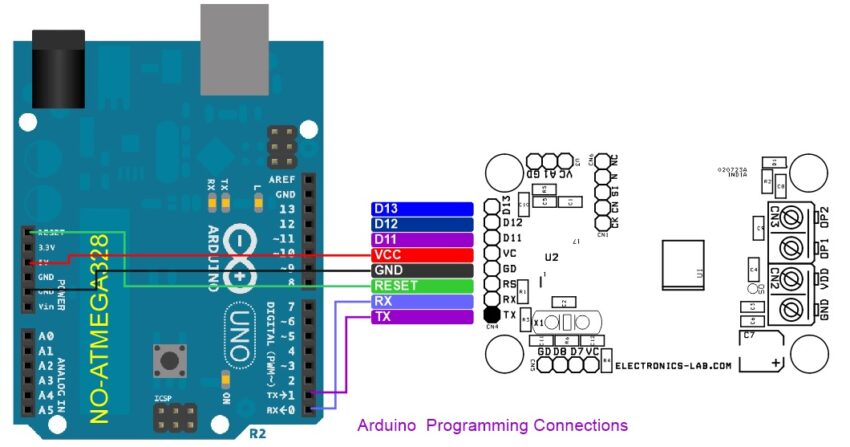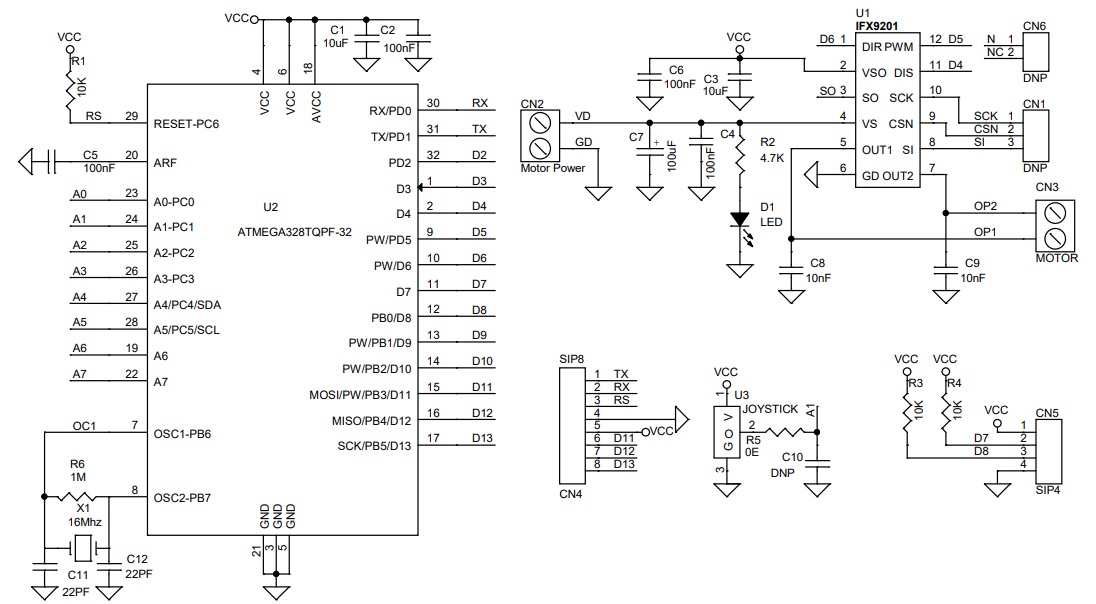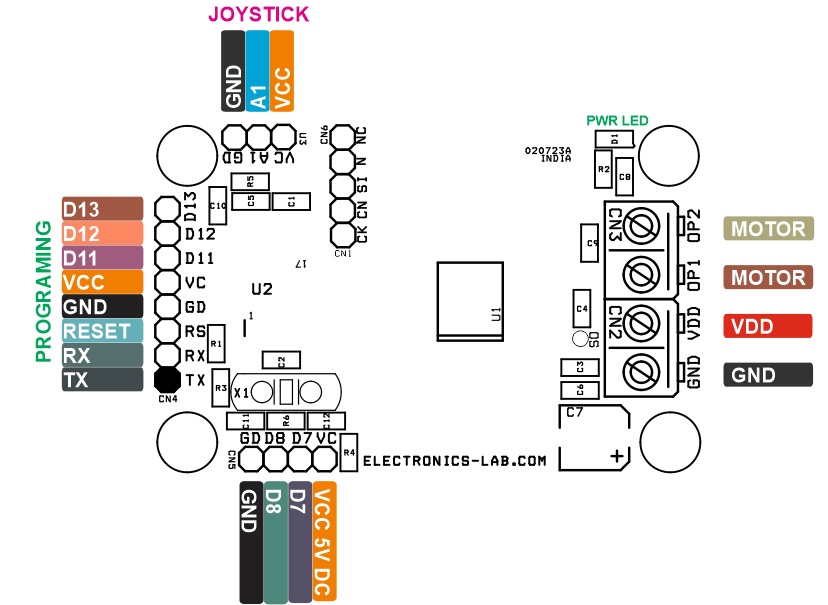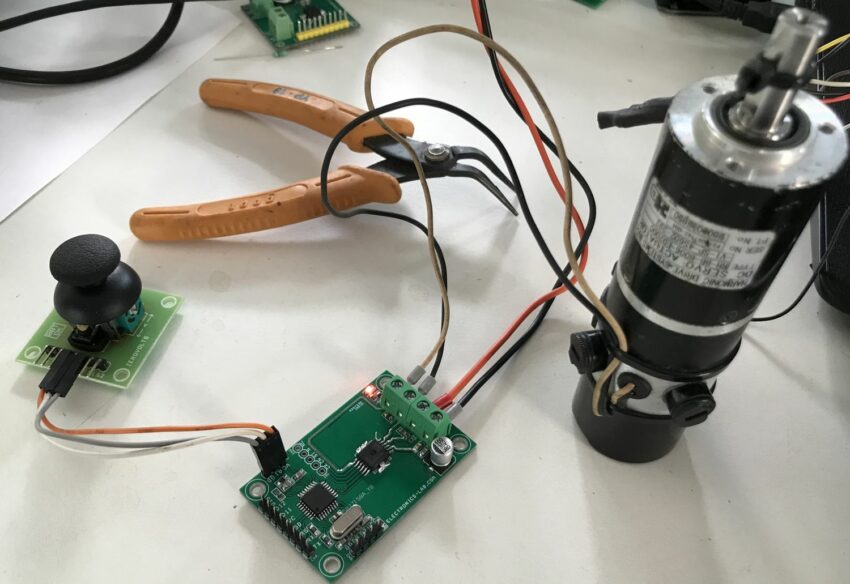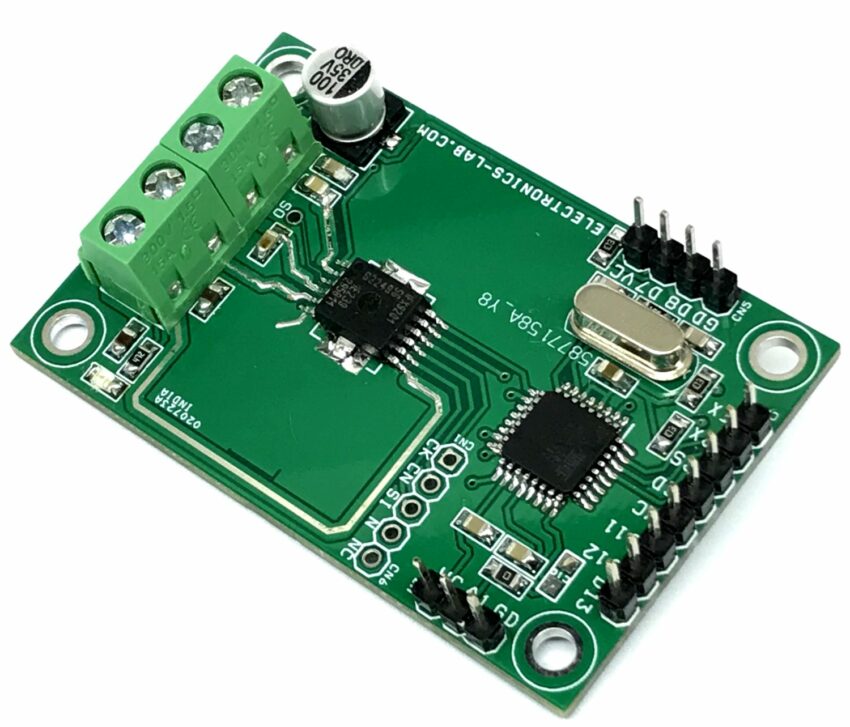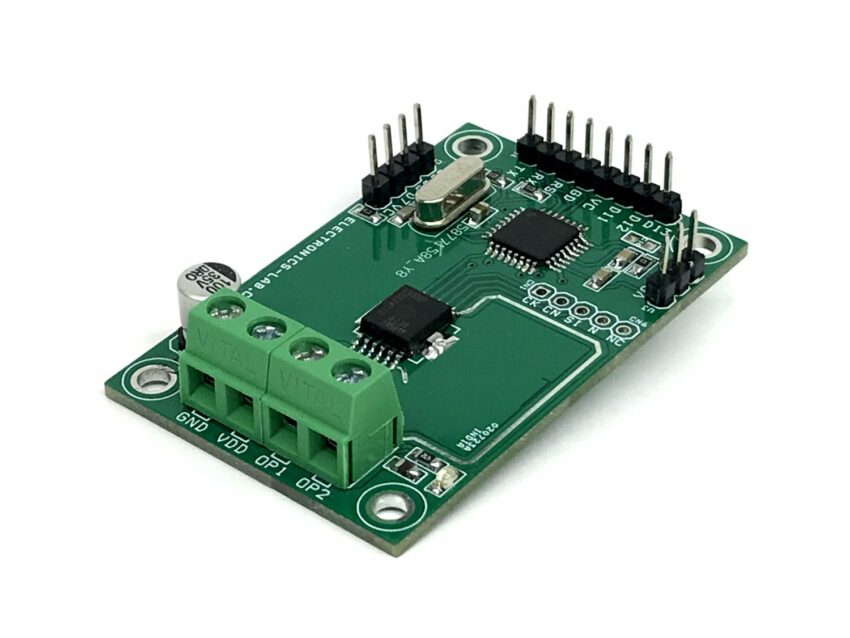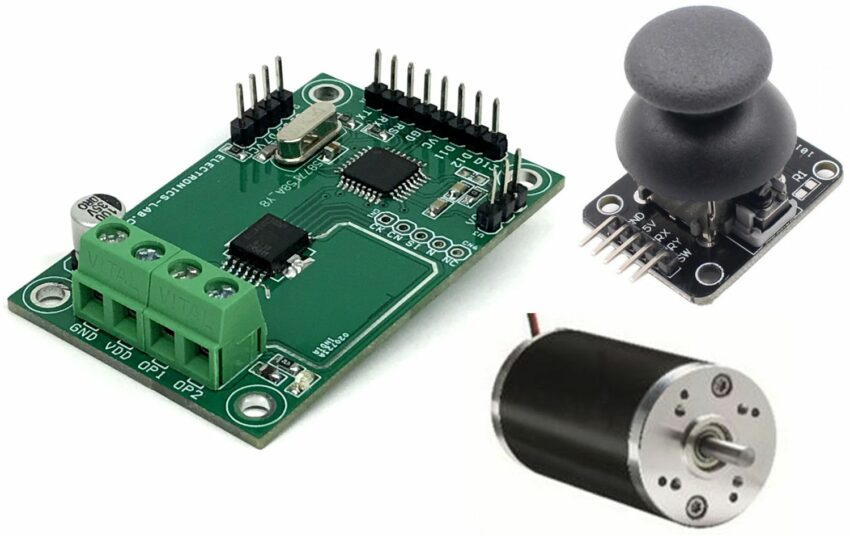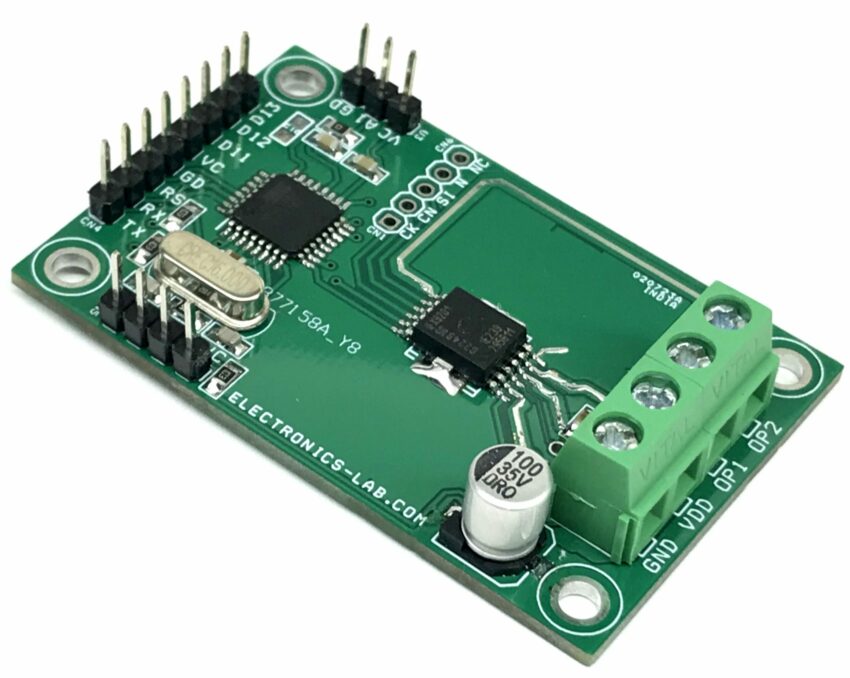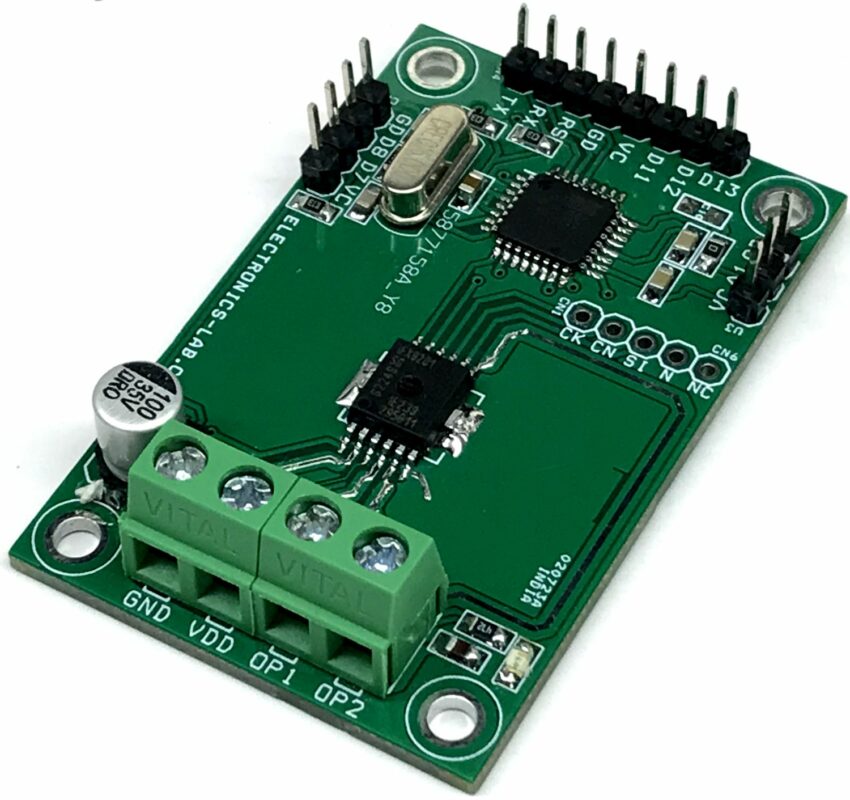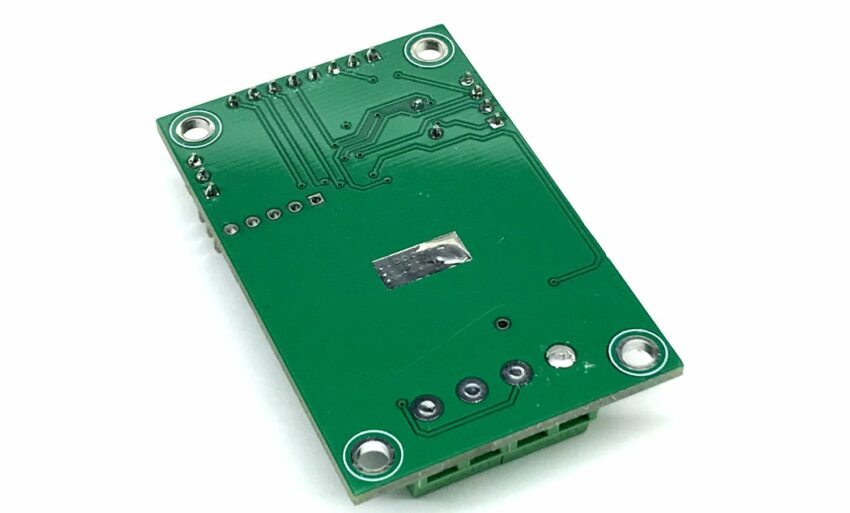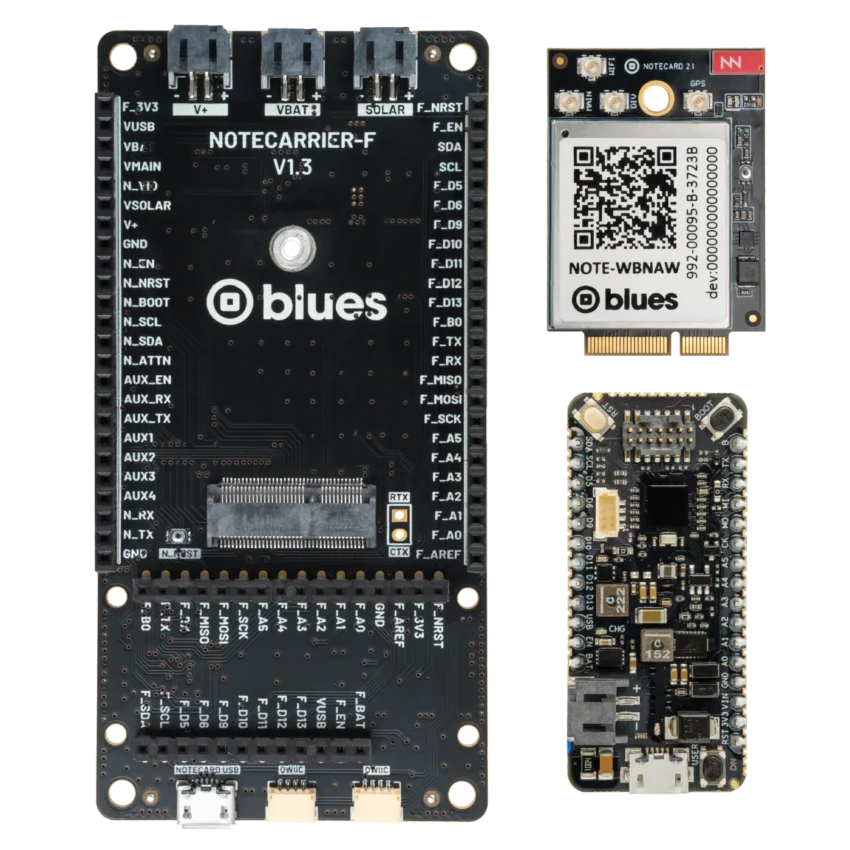
The Internet of Things (IoT) continues to improve daily life, revolutionizing and changing the traditional way of living into a high-tech lifestyle. It has indeed brought about an increased level of comfort and convenience to many and has also helped a lot of people and businesses become more efficient in their operations. It’s no surprise that the global IoT opportunity is projected to reach a trillion dollars in a few years to come. The ioT development process however comes with its challenges as developers are oftentimes confronted with issues around cost, connectivity to cloud services, power efficiency at the edge, and integrations with other hardware. Thankfully, many new-generation companies have begun to design solutions that focus on improving the end-to-end developer experience and simplifying the IoT development process.
Blues Wireless
Blues Wireless, a member of the Qualcomm Advantage network, recently introduced various development kits that follow the Notecard (SoM) form factor and offer high-performance cellular connectivity options such as WiFi and LoRa. This recent development kit from Blues includes a range of components and modules designed for IoT solutions.
LTE CAT-1 Notecard + WiFi
The Blues’ Notecard is claimed to be the fastest and most effective way to add wireless connectivity. It is a secure feature-rich SoM that eliminates the need for regular cellular subscriptions and SIM fees, coming embedded with 10-year global connectivity and up to 500MB cellular data that is already included in the cost of the device.
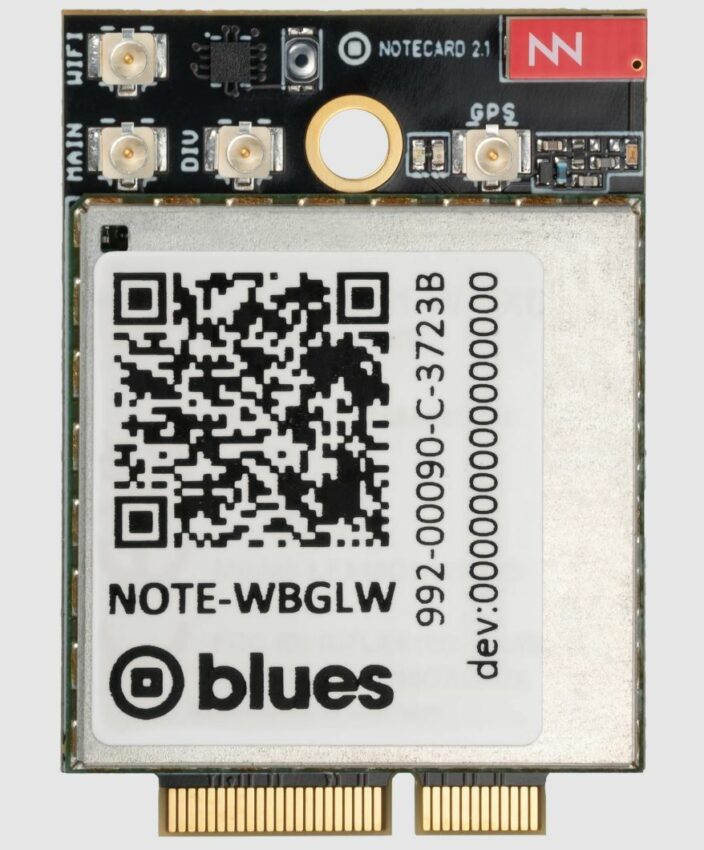
Features Include:
Blues’ Notecard draws as little as approximately 8microAmp and it has the following features:
- factory-installed ECC-384 certificate for security
- PTCRB certification for reliability
- efficient power management for battery operations
- integrated GPS and accelerometer for versatile location-based applications
Notecarrier F
The Notecarrier F board is a carrier board aimed at speeding up the prototyping process. It is compatible with the LTE Cat-1 Notecard and comes with an external Nano SIM slot for carrier connectivity.
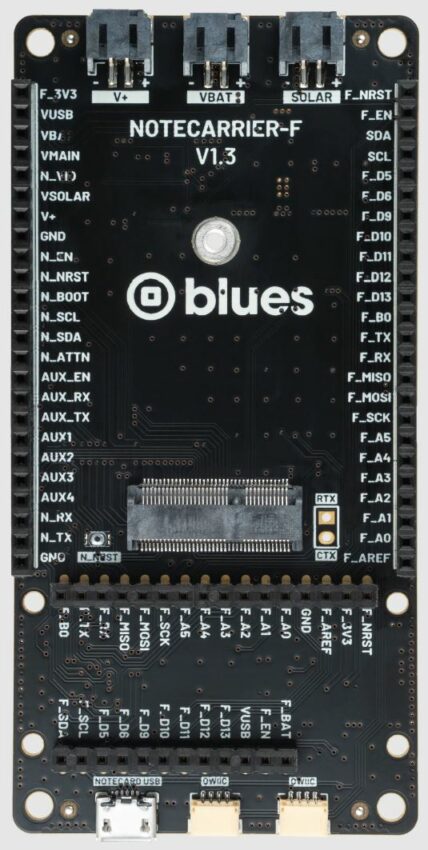
Features Include:
- Qwiic ports for connecting I2C peripherals
- External Nano SIM slot for carrier connectivity
- JST PH connector for LiPo batteries
- JST PH connector for Solar panel
- JST PH connector for V+
- JST SH connector for 3.3V I2C connector
- Battery slide switch
- MicroUSB port for power
- Compatibility with Adafruit Feather breakout headers
Swan 3.0
The Swan 3.0 is a low-cost embeddable STM32L4R5-based microcontroller aimed at accelerating the processes of developing and deploying battery-powered IoT applications. It is best for projects with large memory requirements or extensive IO expandability, such as remote monitoring and edge inferencing. It is also designed to satisfy developers’ needs that range from early prototyping to high-volume deployment. Its novel design allows users to leverage the full range of IO capabilities that it comes with.
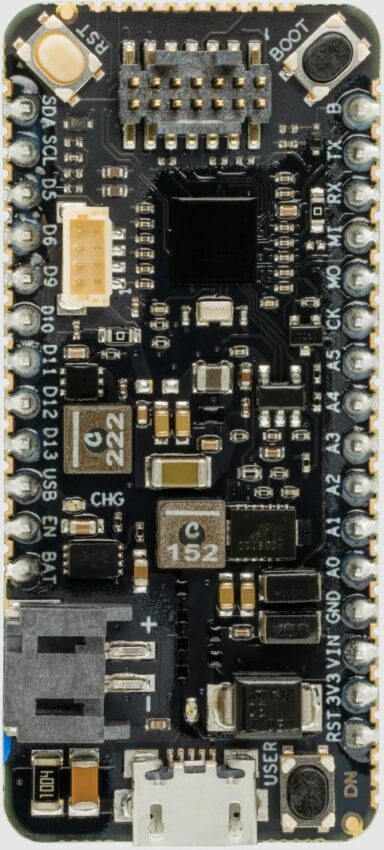
The Swan 3.0 has the following specifications:
- Ultra-low-power Arm Cortex-M4 core operating @ up to 120MHz
- STM32L4R5-based microcontroller
- OS: C/C++, Arduino and CircuitPython
- 2MB flash
- 640KB RAM
- 55 GPIO ports, including:
- 8 analog and 16 digital
- 3x SPI and 4x I2C
- USB OTG port with full-speed capability
- 1x 14-channel DMA
- True Random Number Generator
- 12-bit ADC and 2x 12-bit DAC
- RTC and CRC calculation peripherals
- Qwiic connector for easy integration
- Outboard Device Firmware Update support
Conclusion
The company hopes that these latest introductions will help reduce the time it will take a typical developer to go from unboxing the product to sending custom and arbitrary data back and forth from the device to the cloud. The dev kit currently sells for $99 with an additional $15 for a programmer/debugger. The company noted that a Molex antenna with a frequency range of 698MHz ~ 3.8GHz is also included in the kit.
Other useful details such as getting started guides and datasheets can also be found on the company’s online store. There is also a video that shares more information on the development kit.


